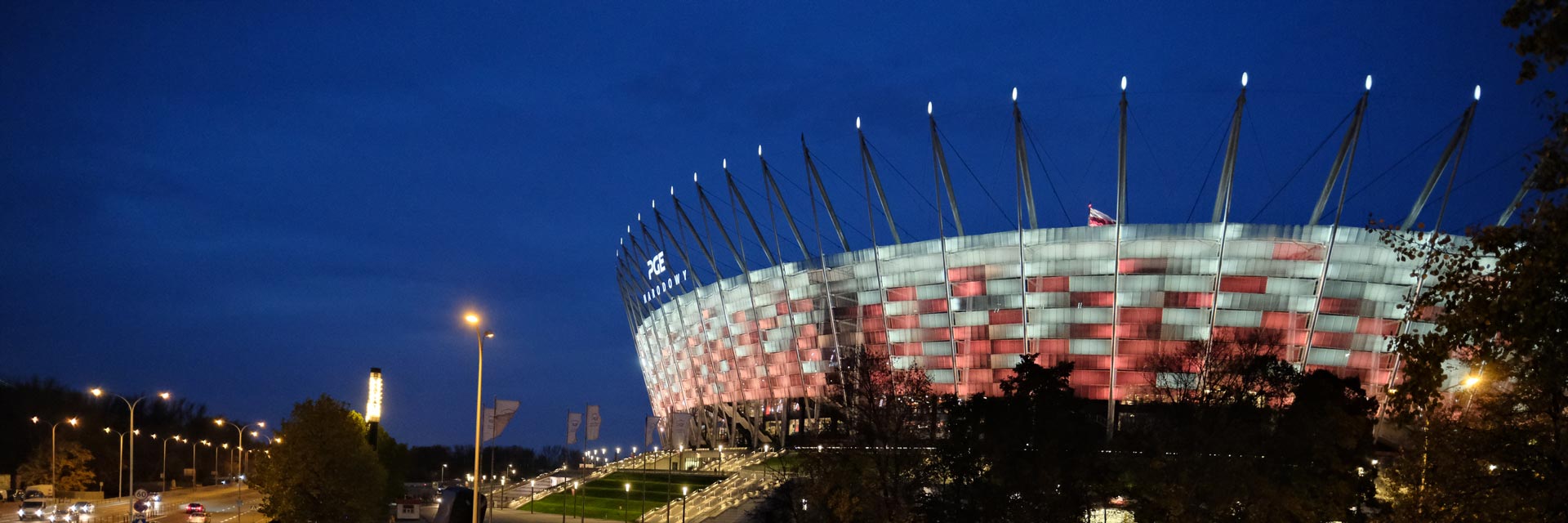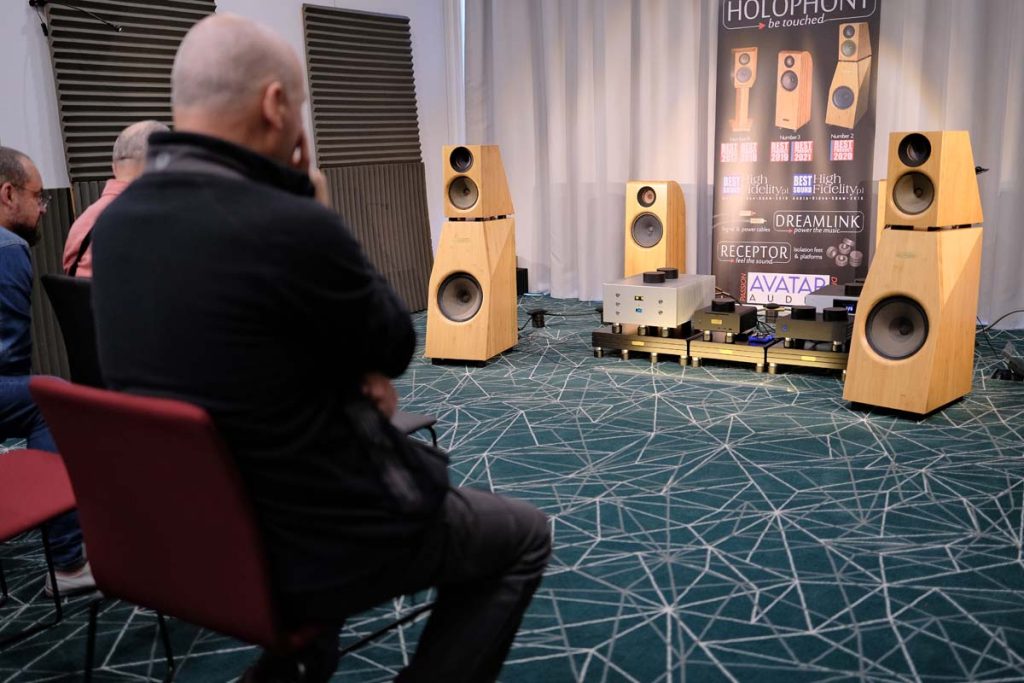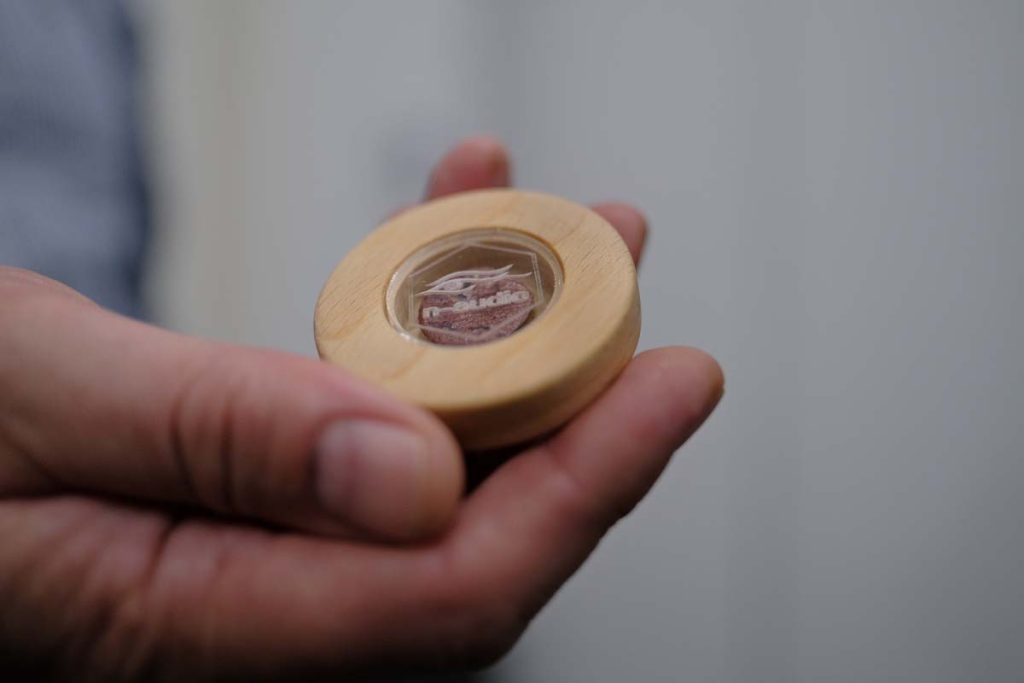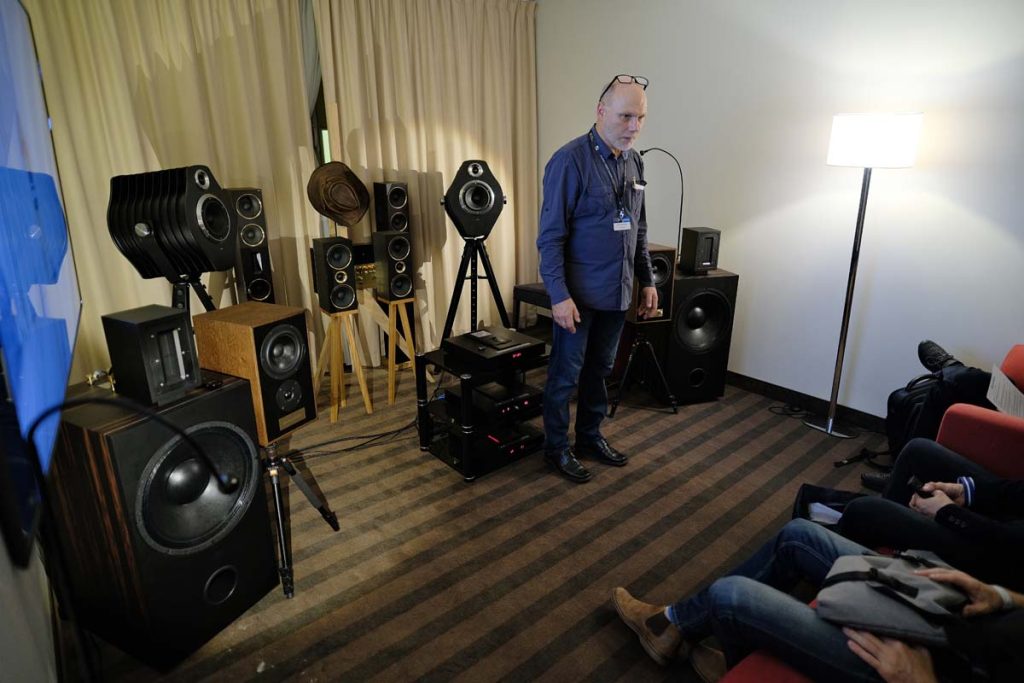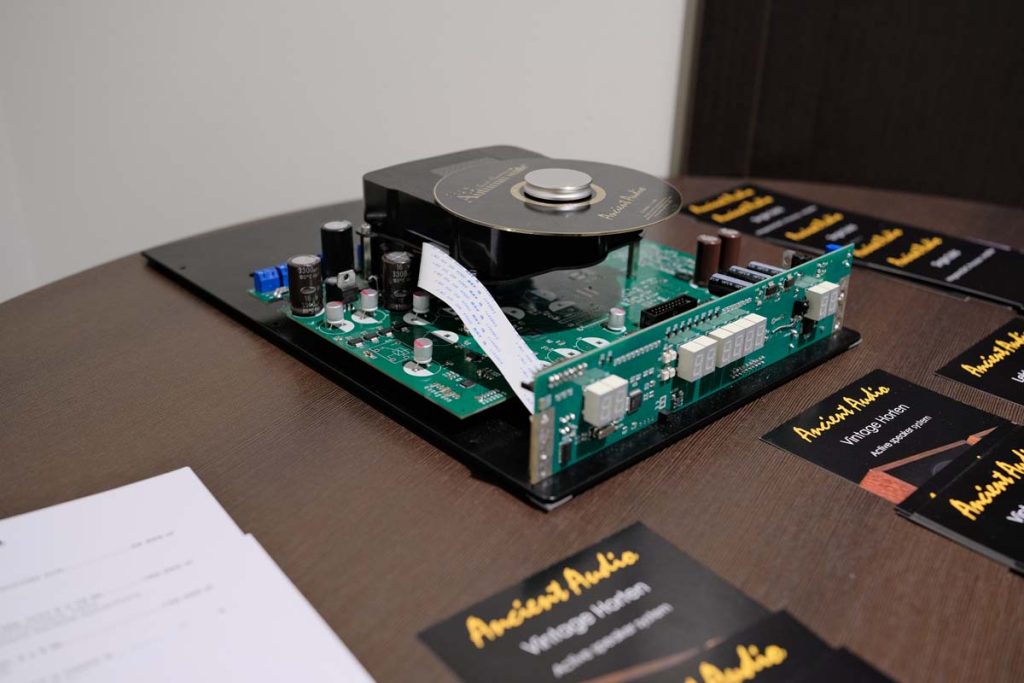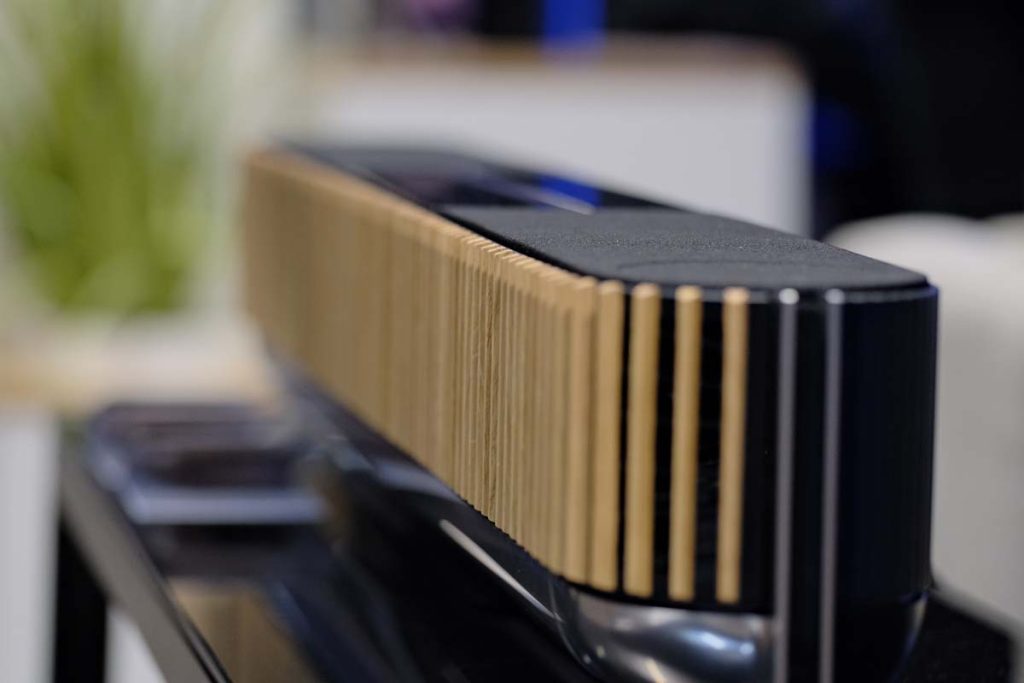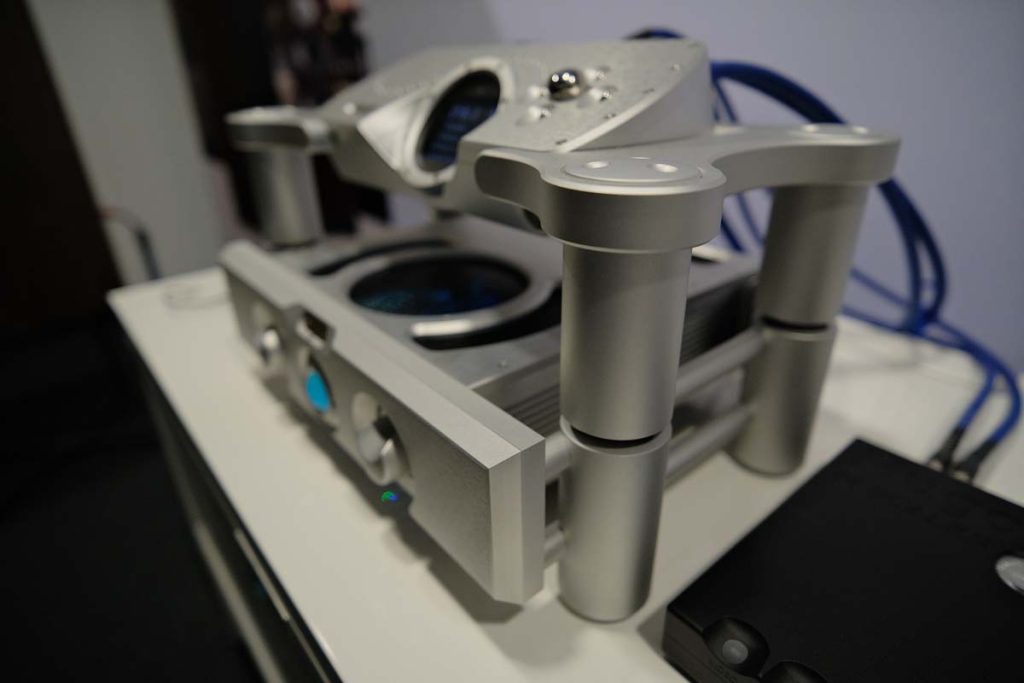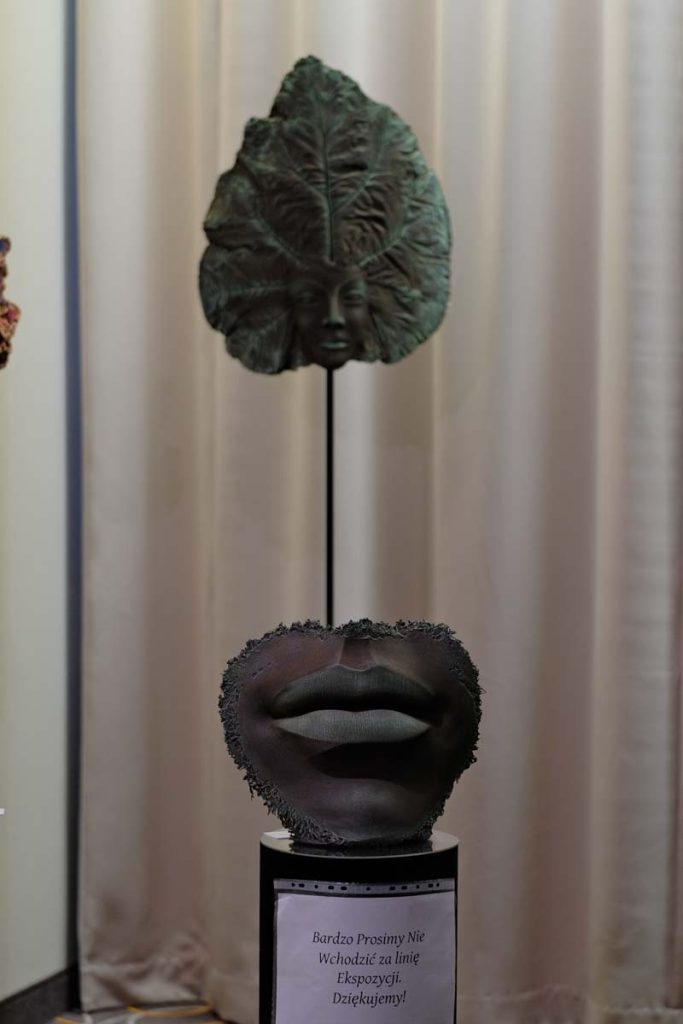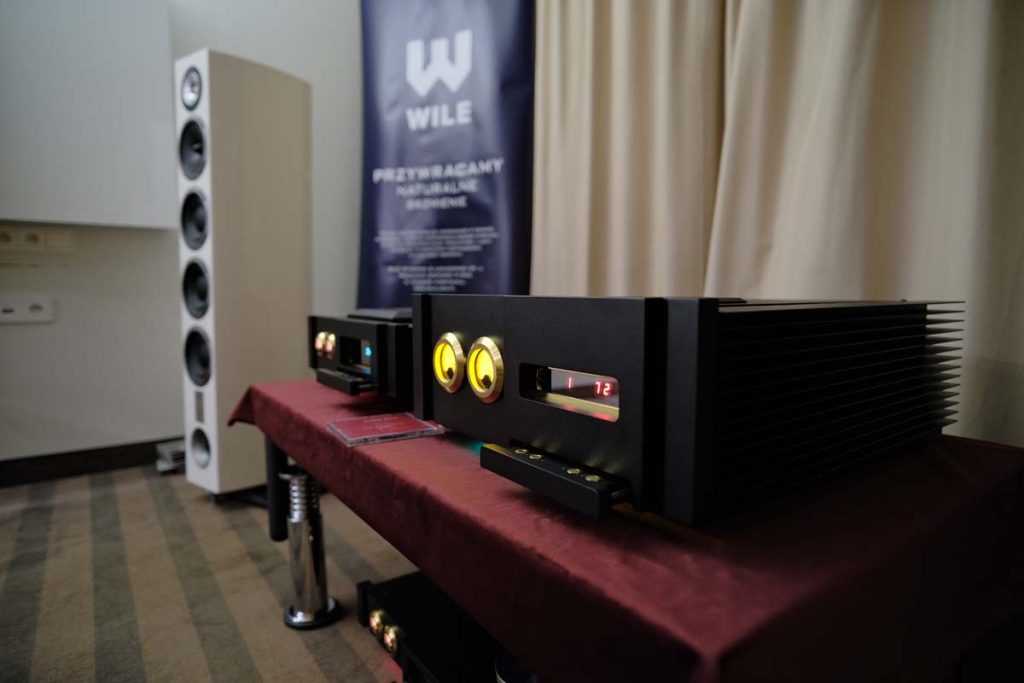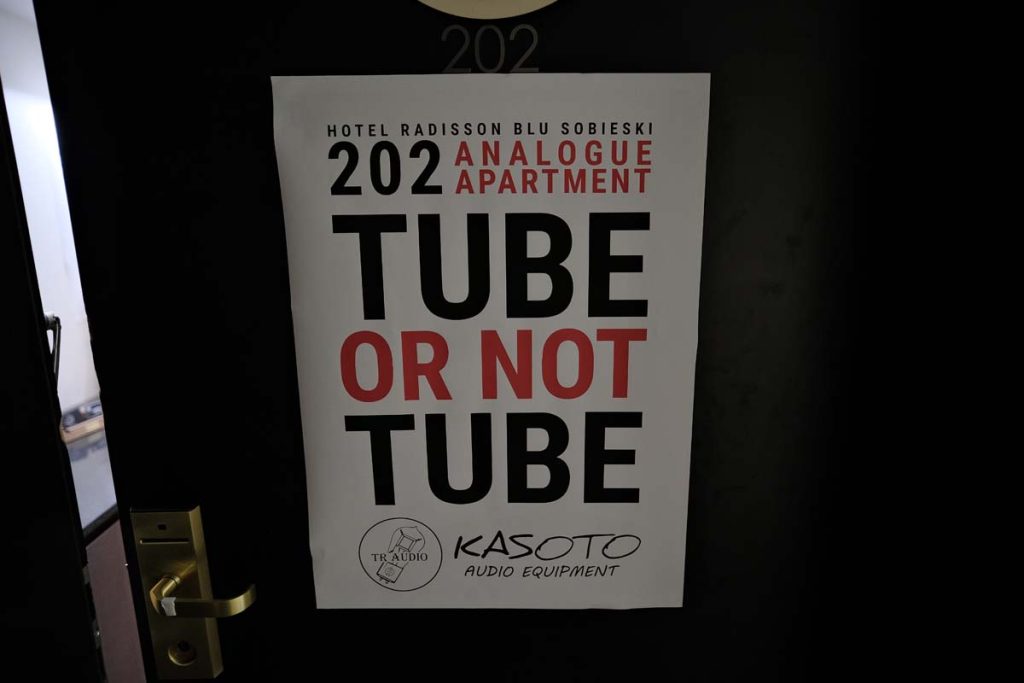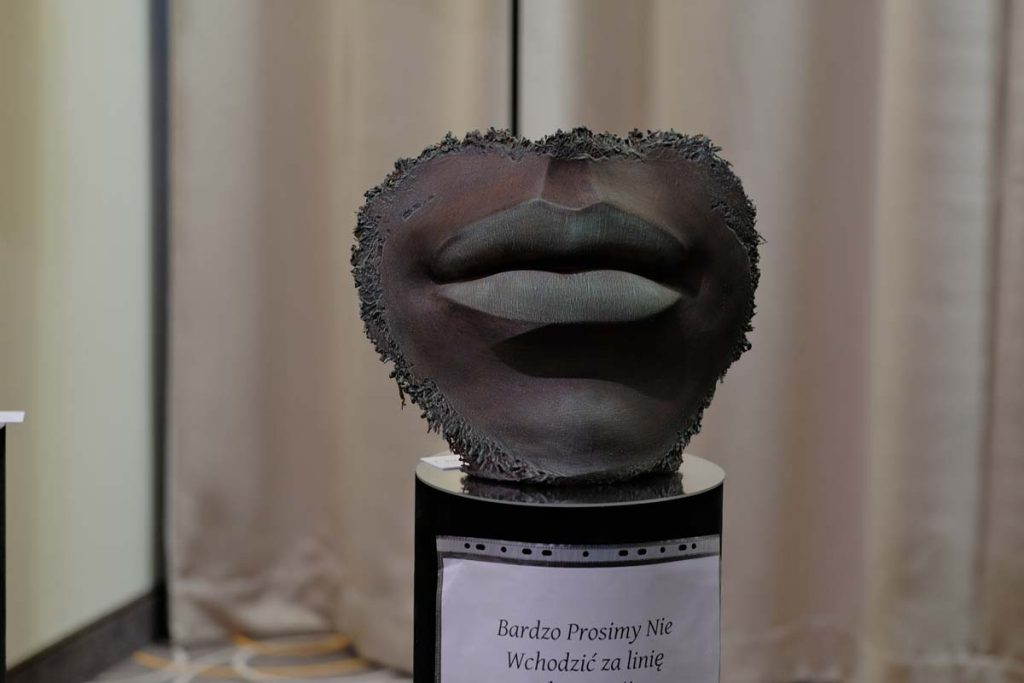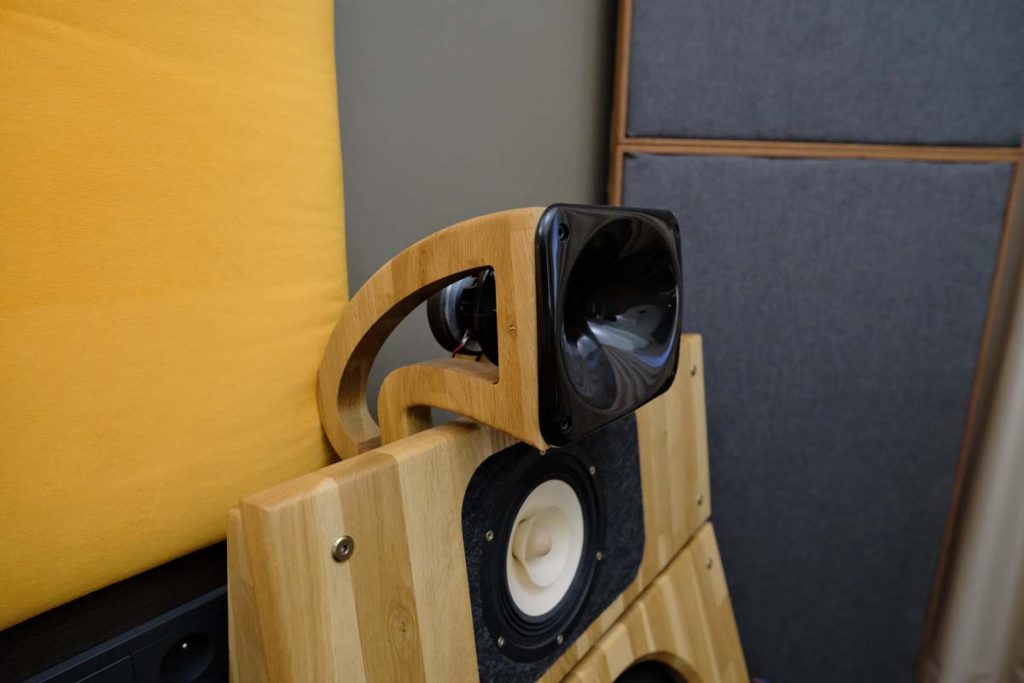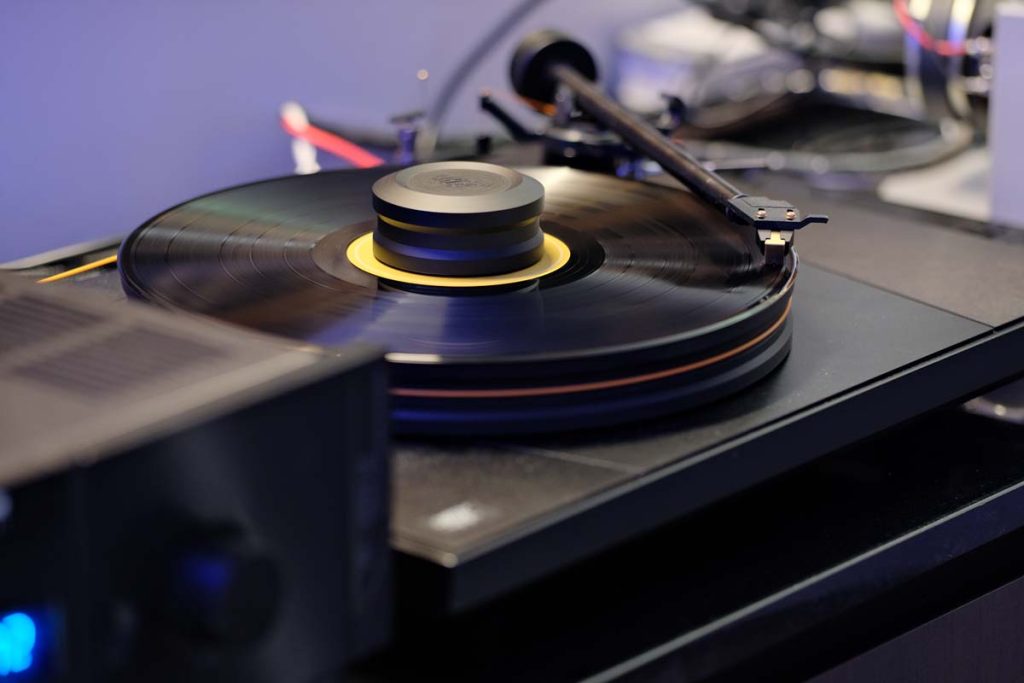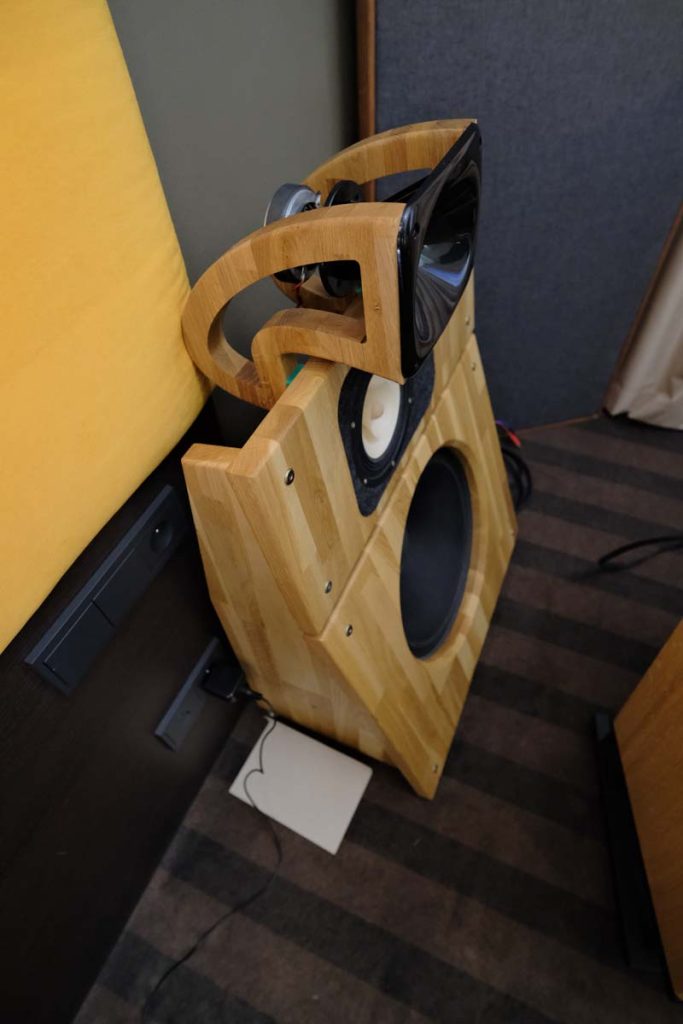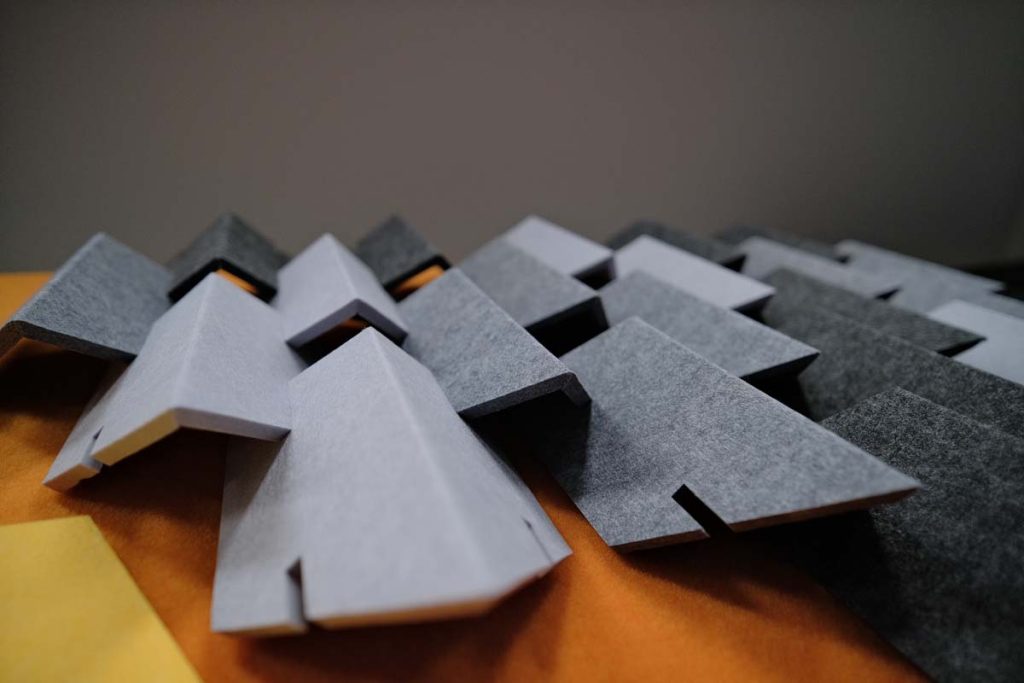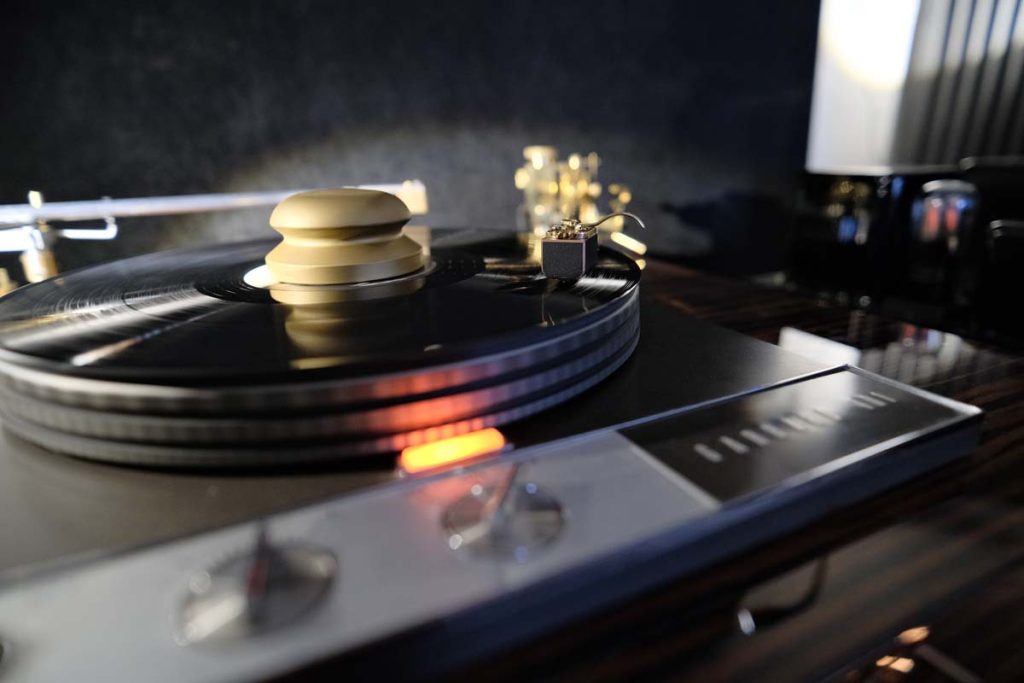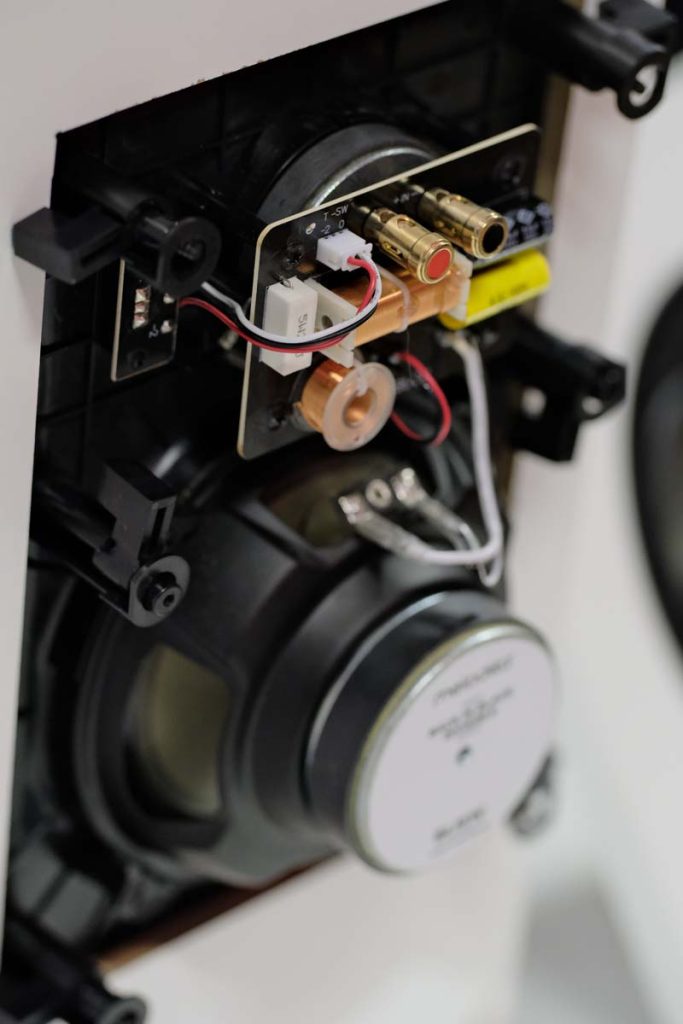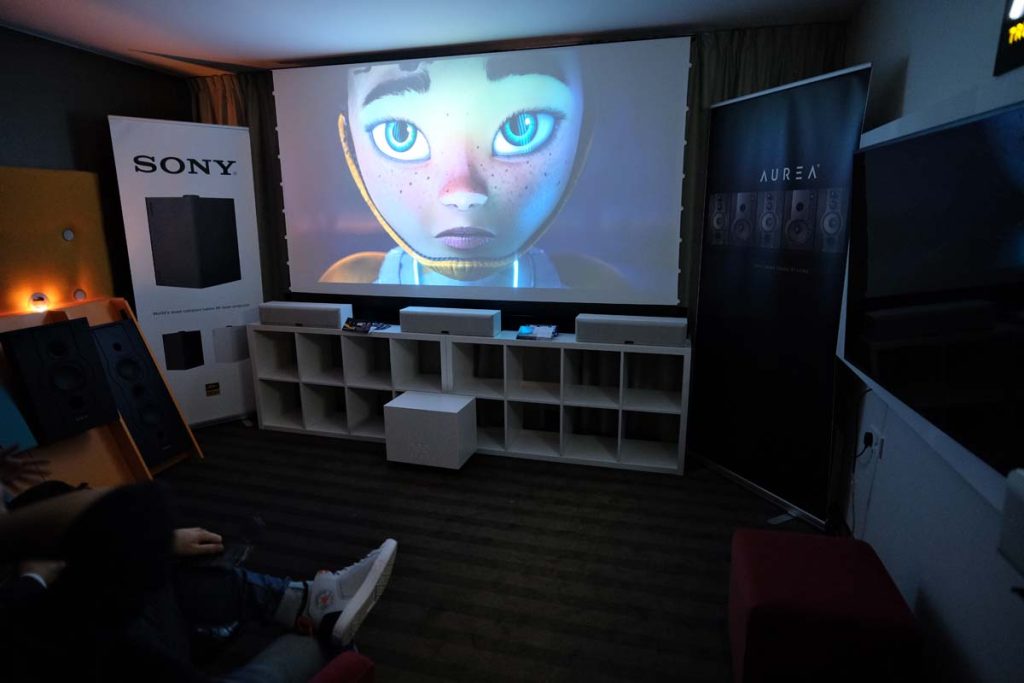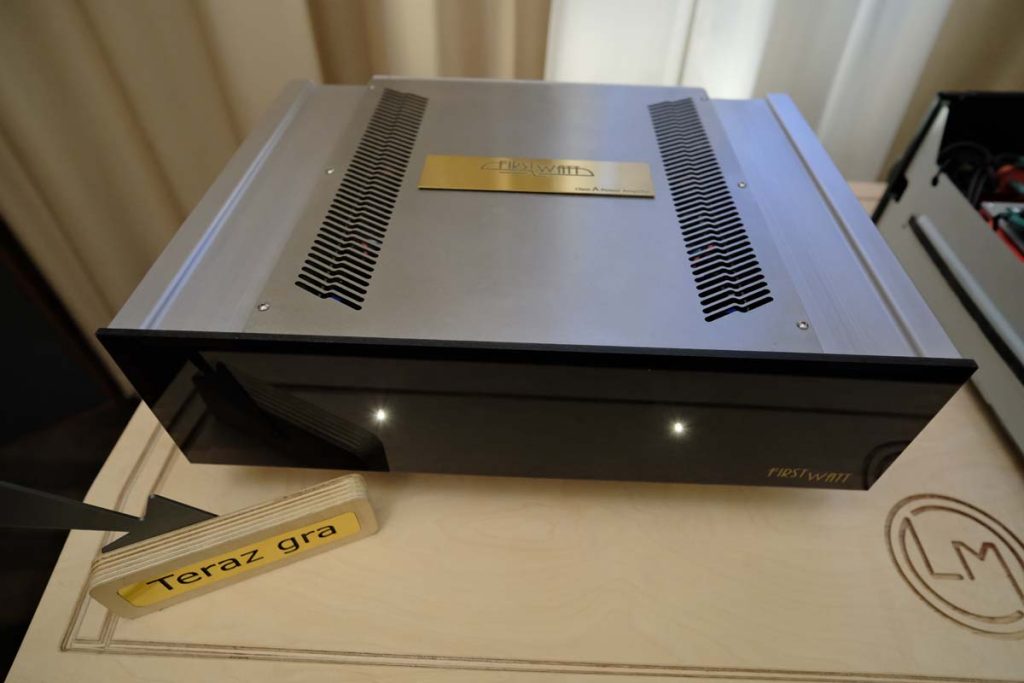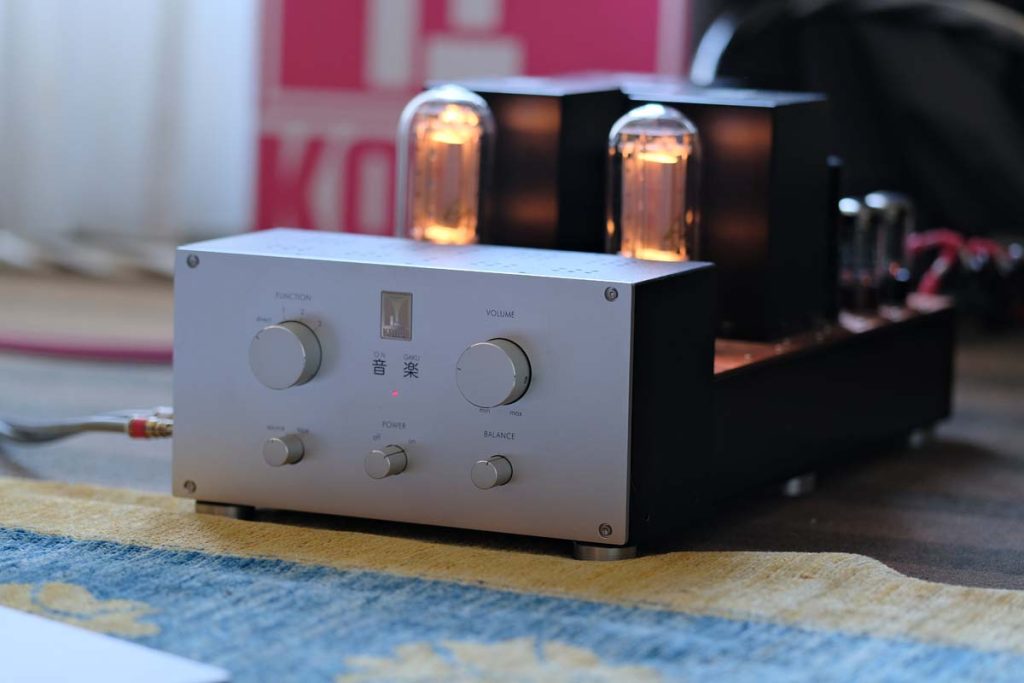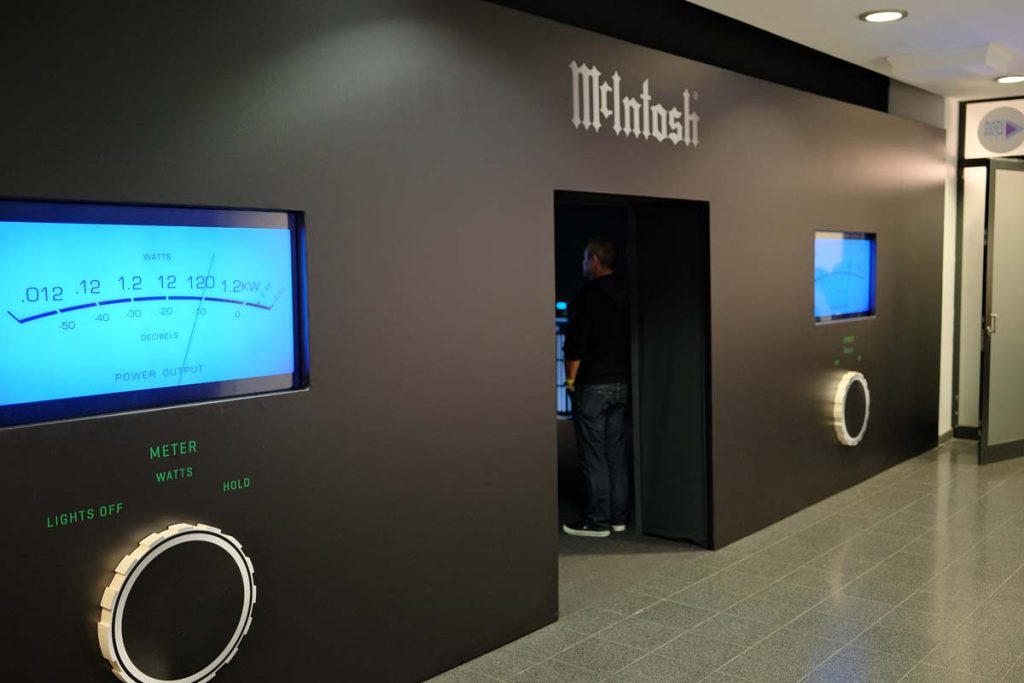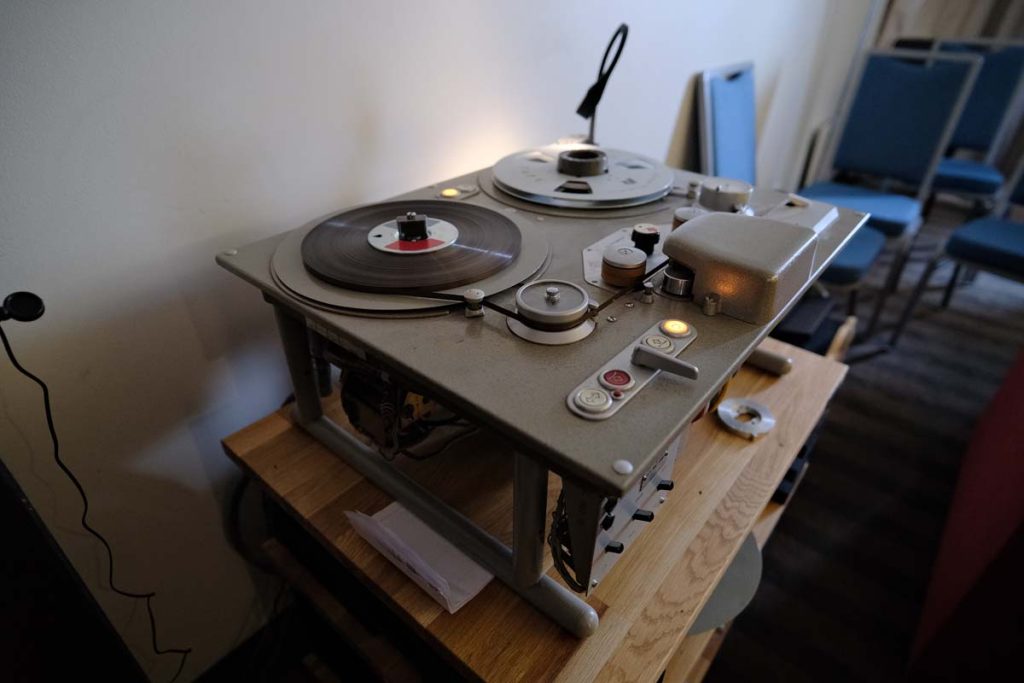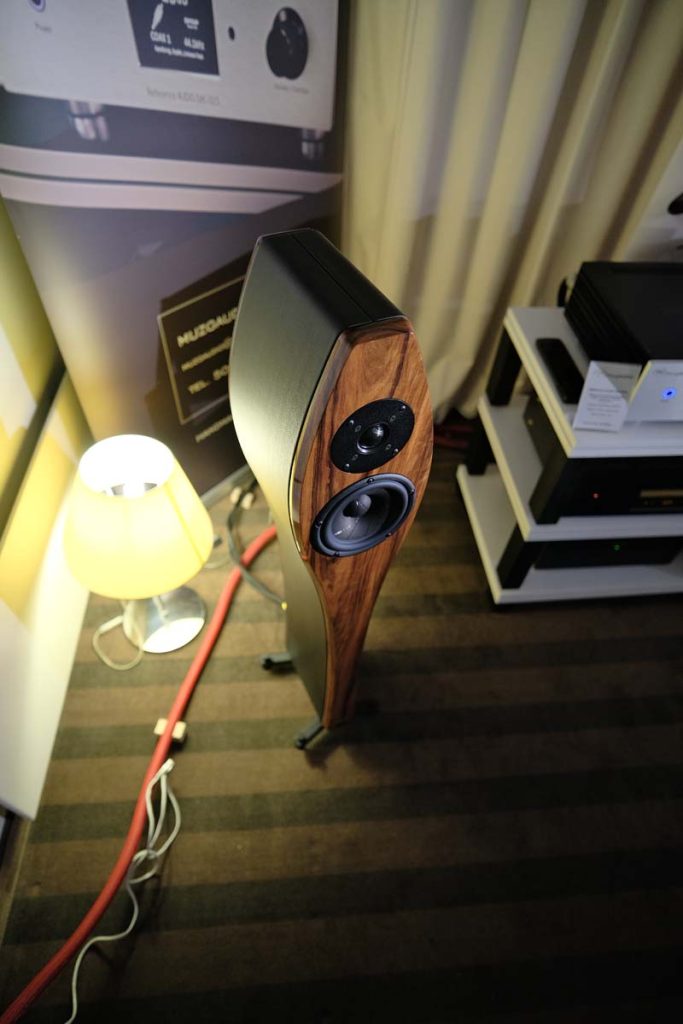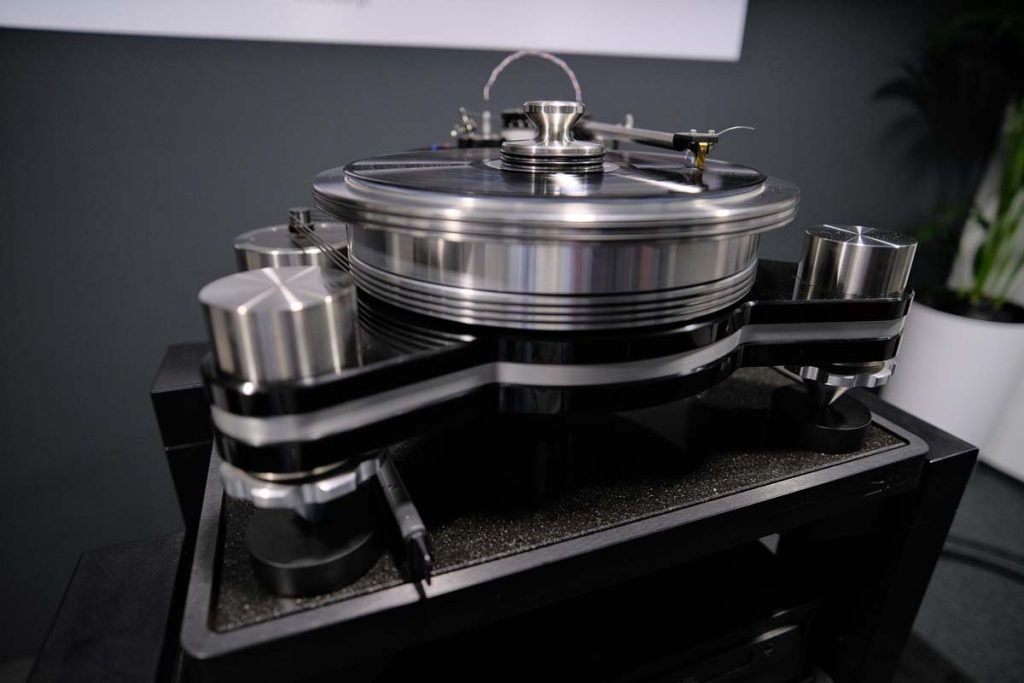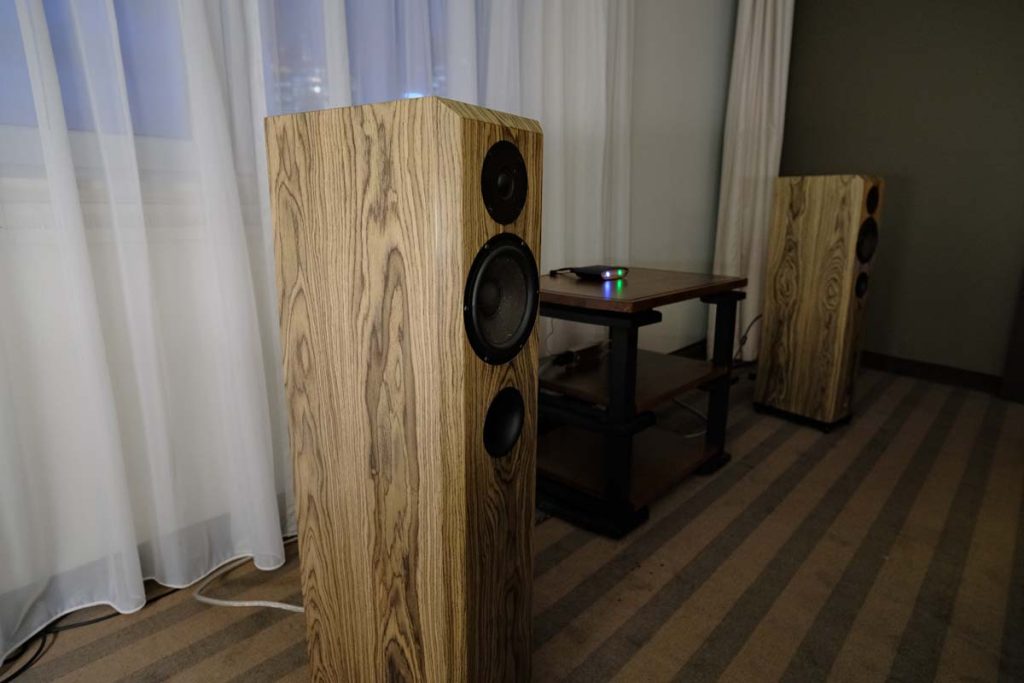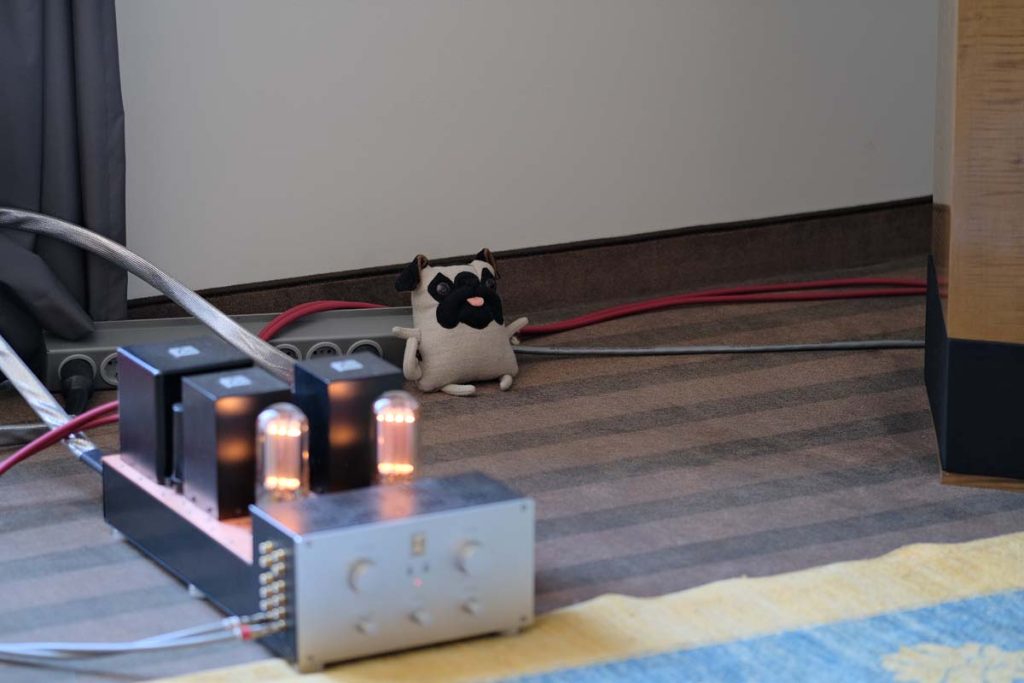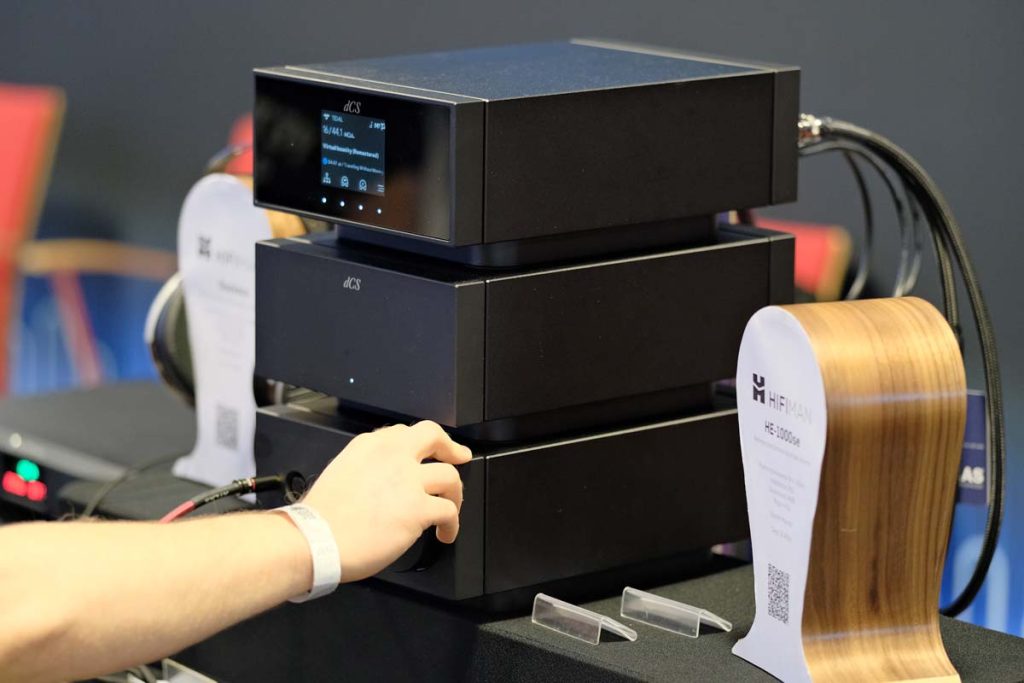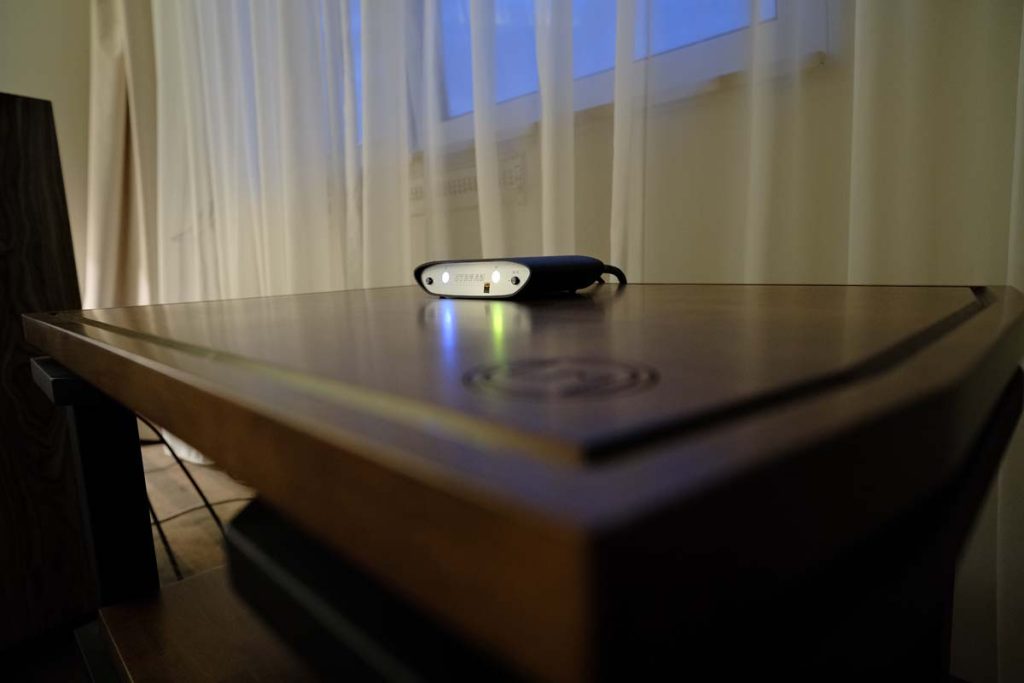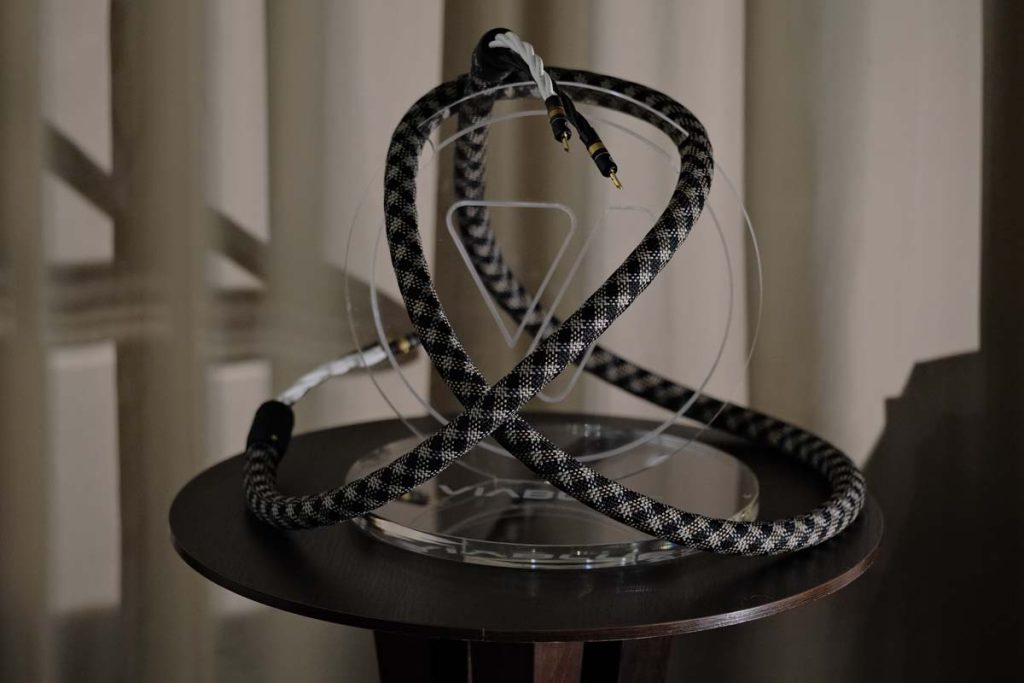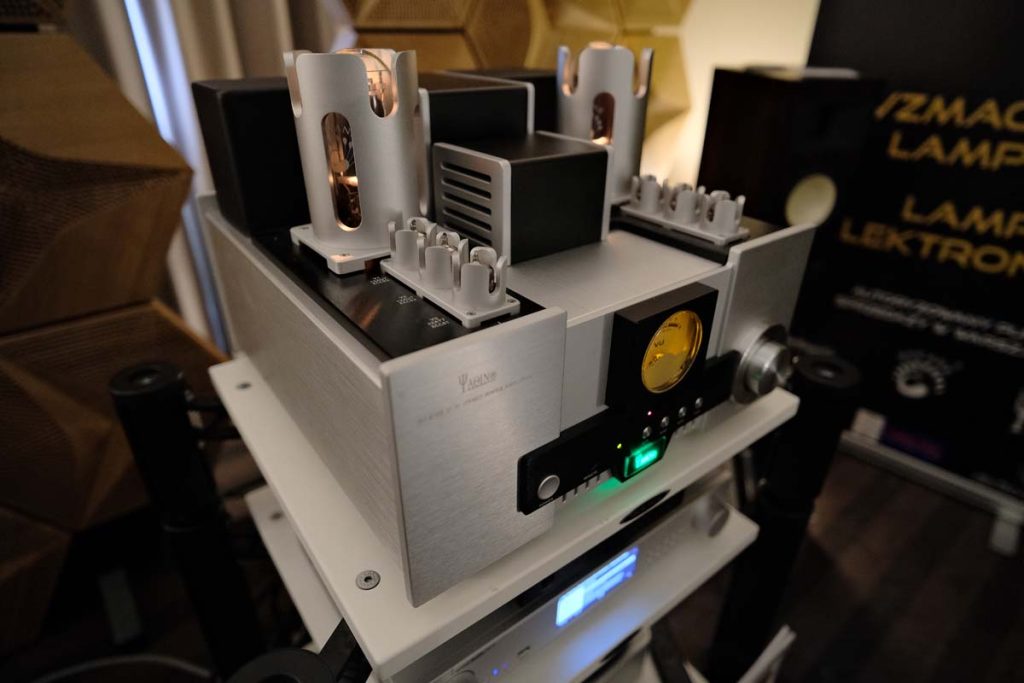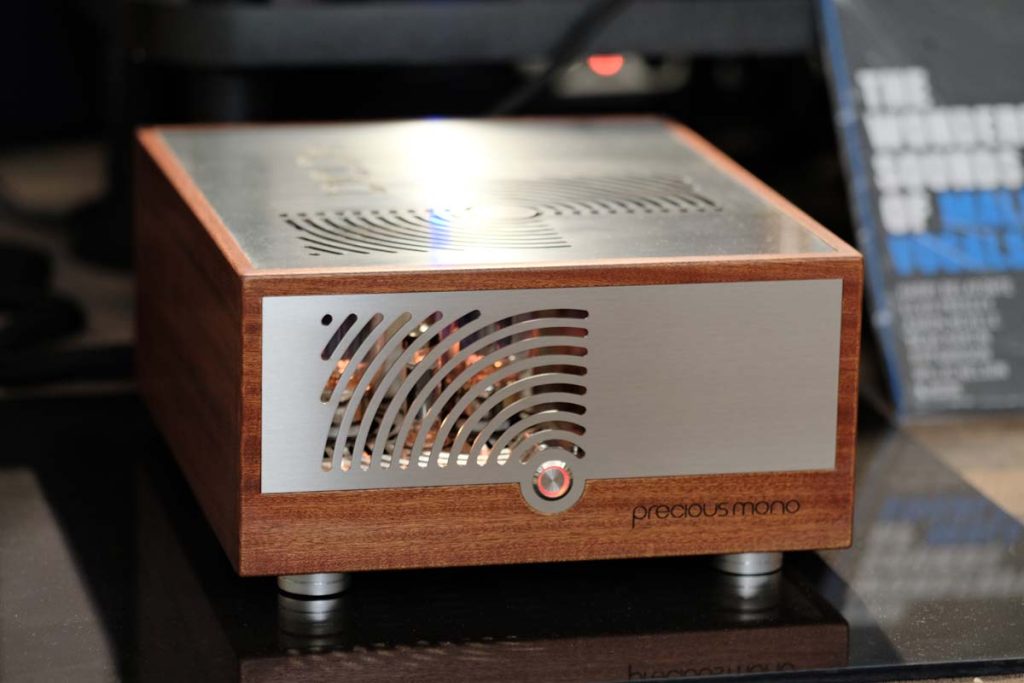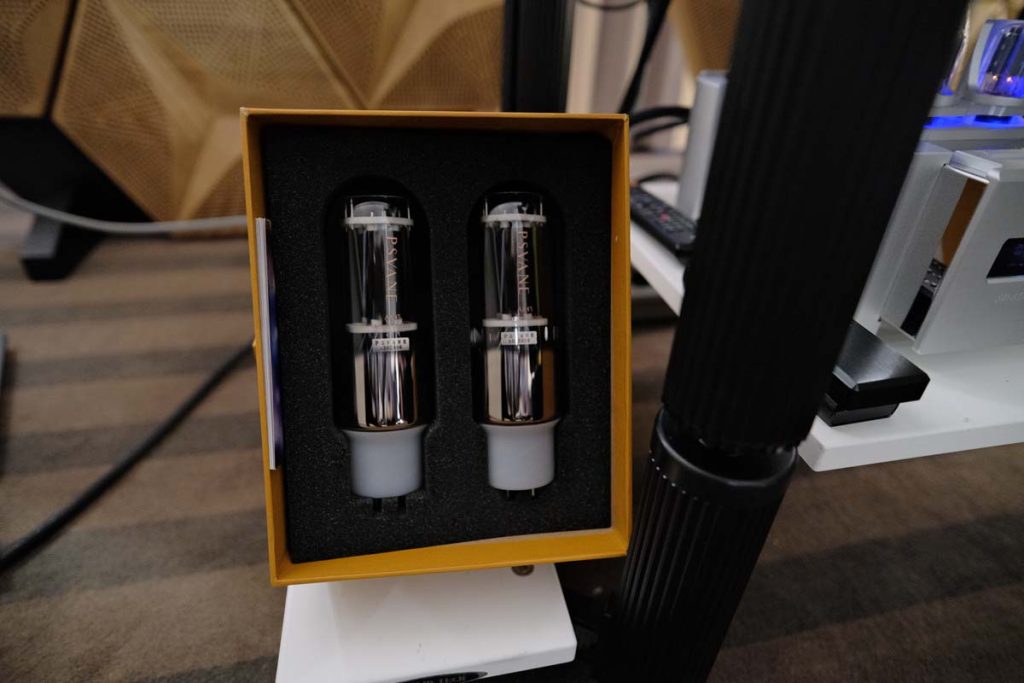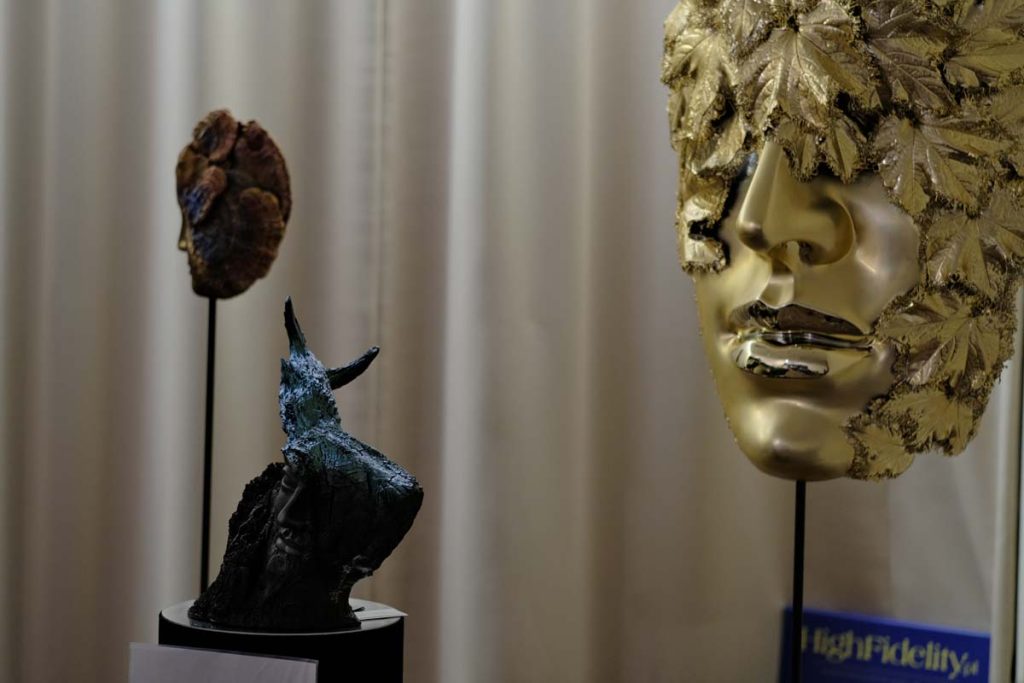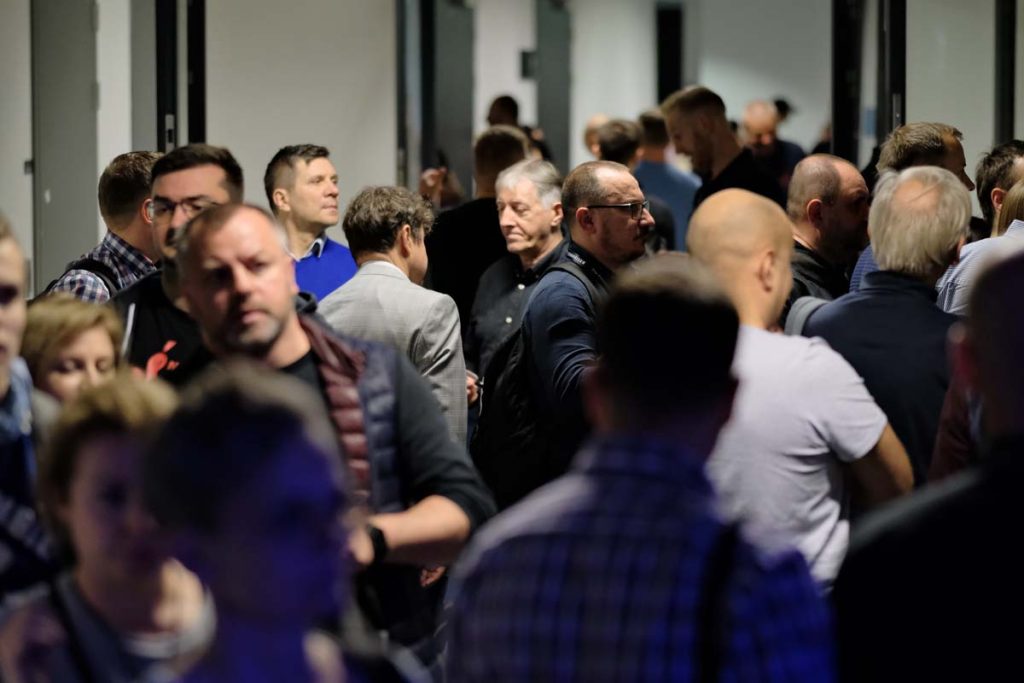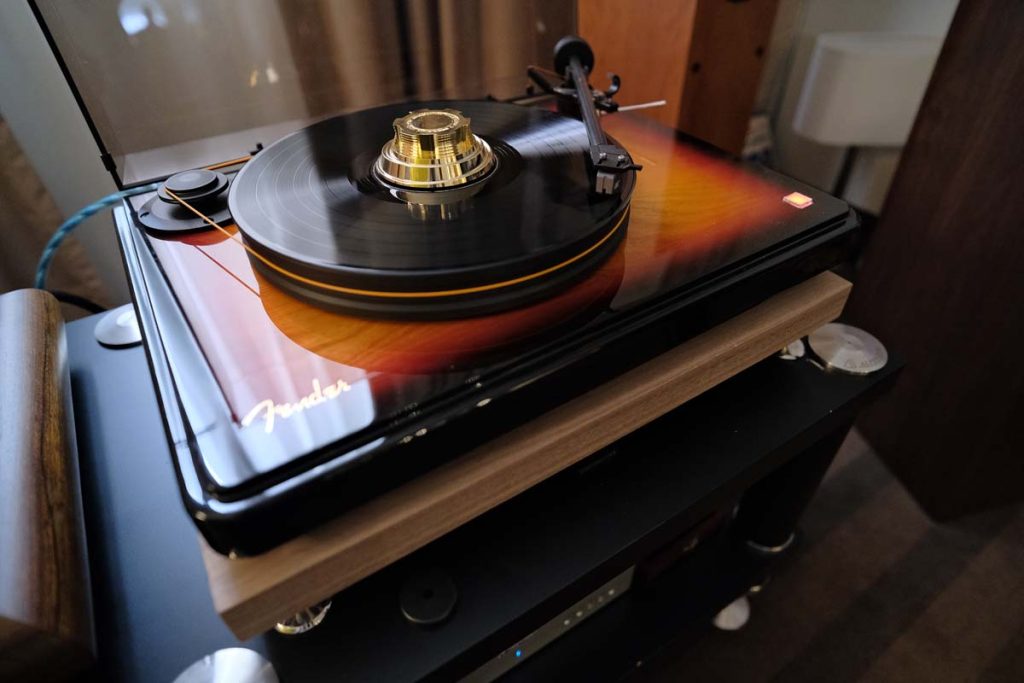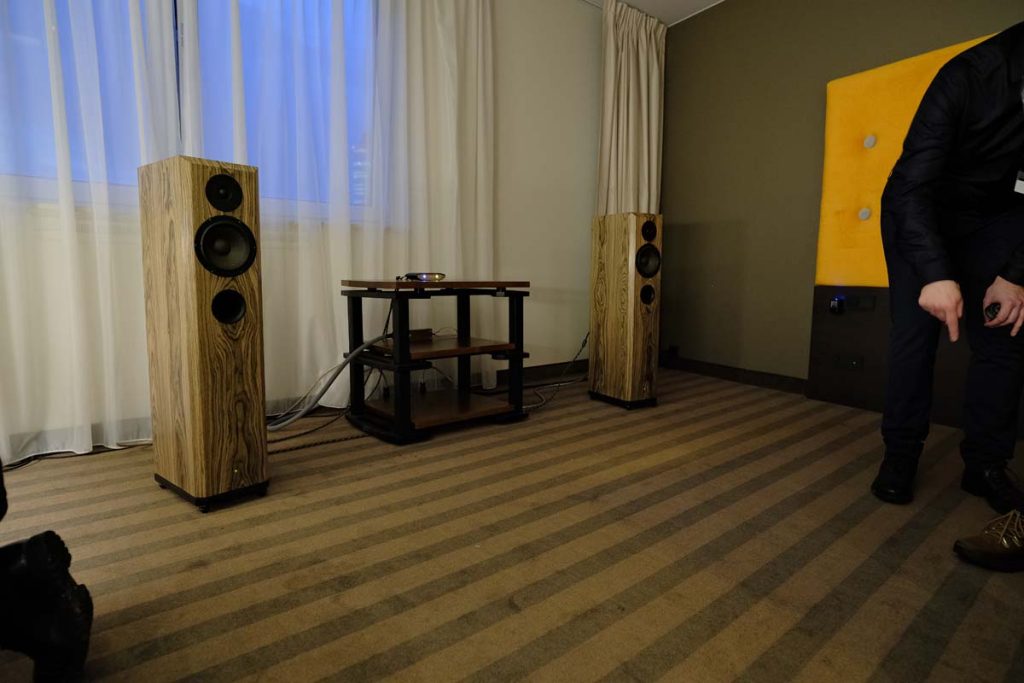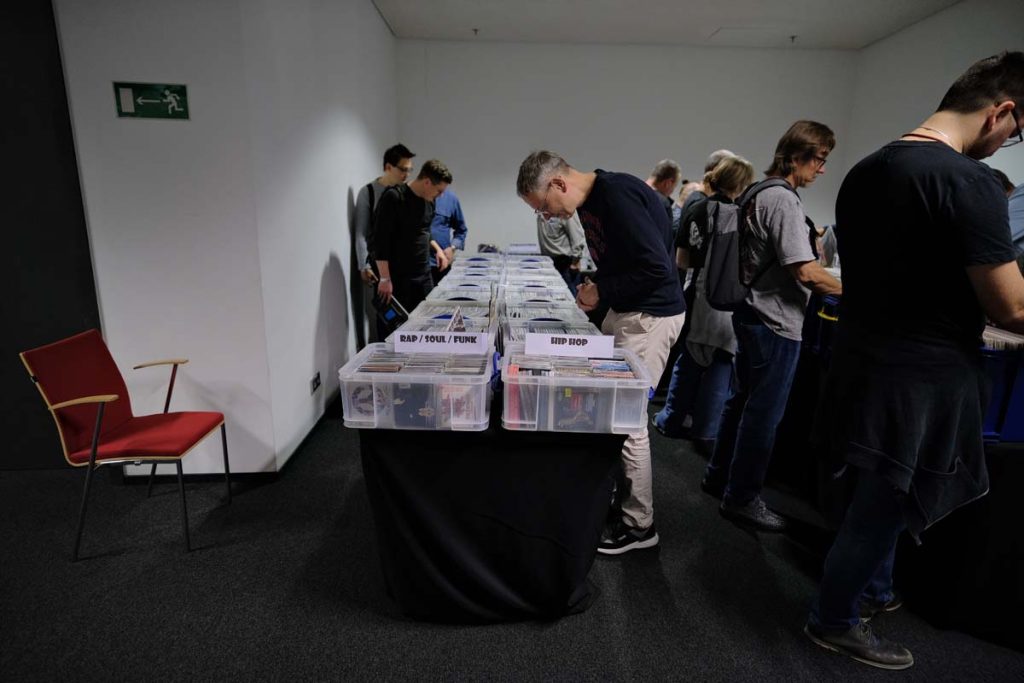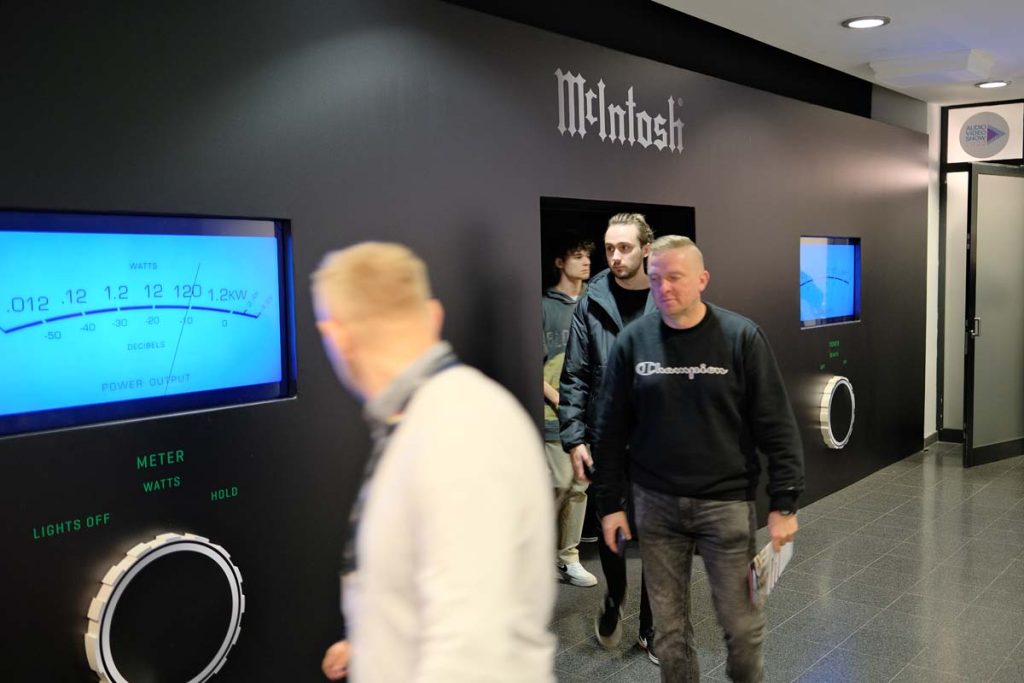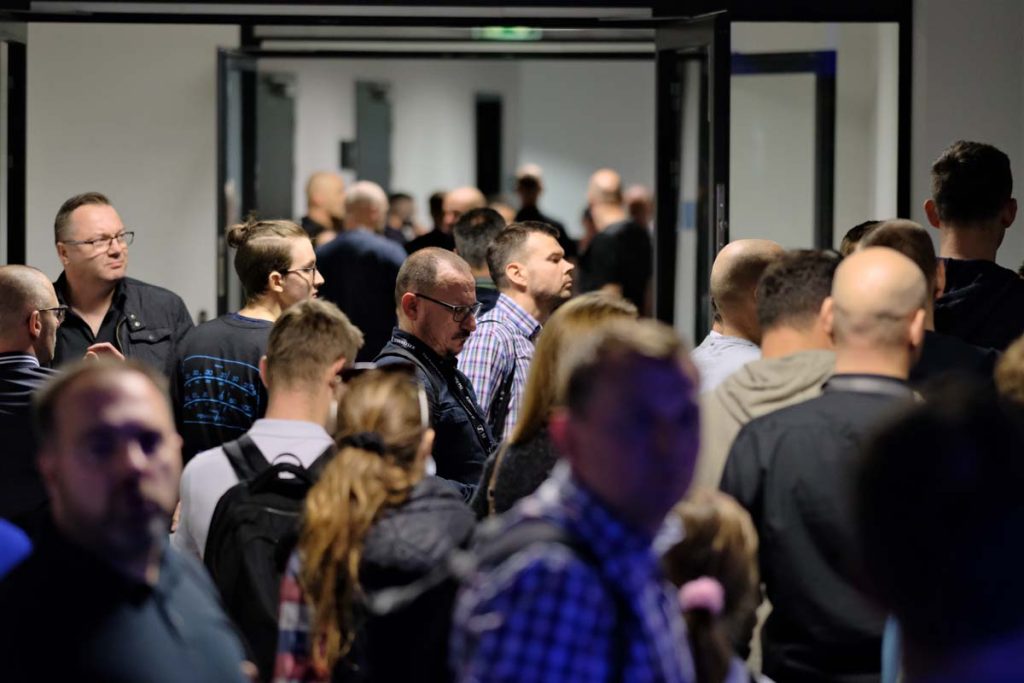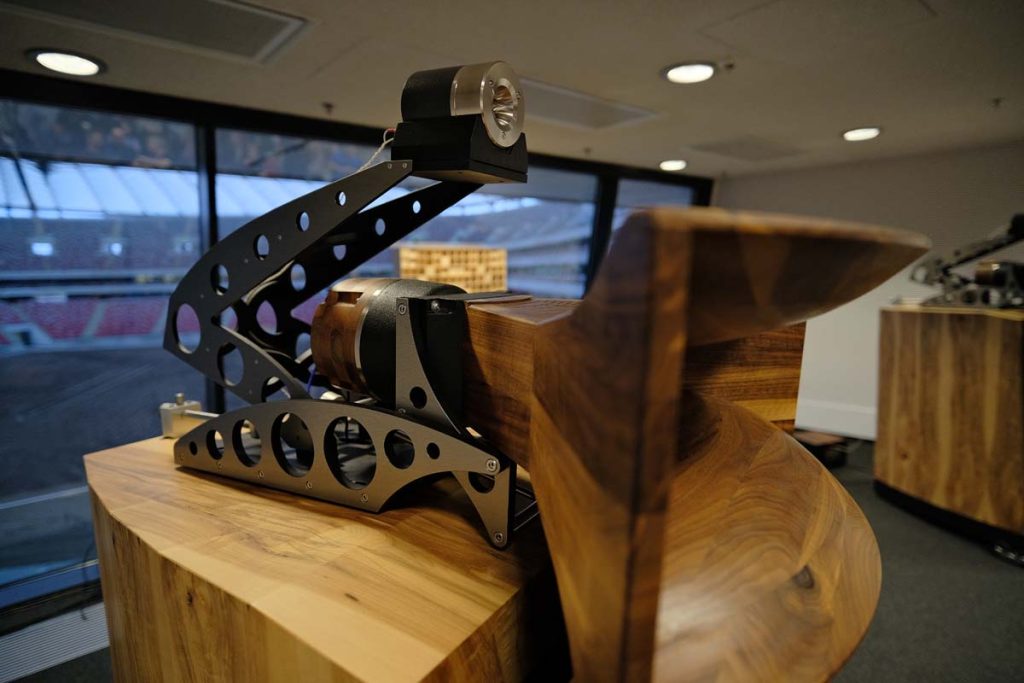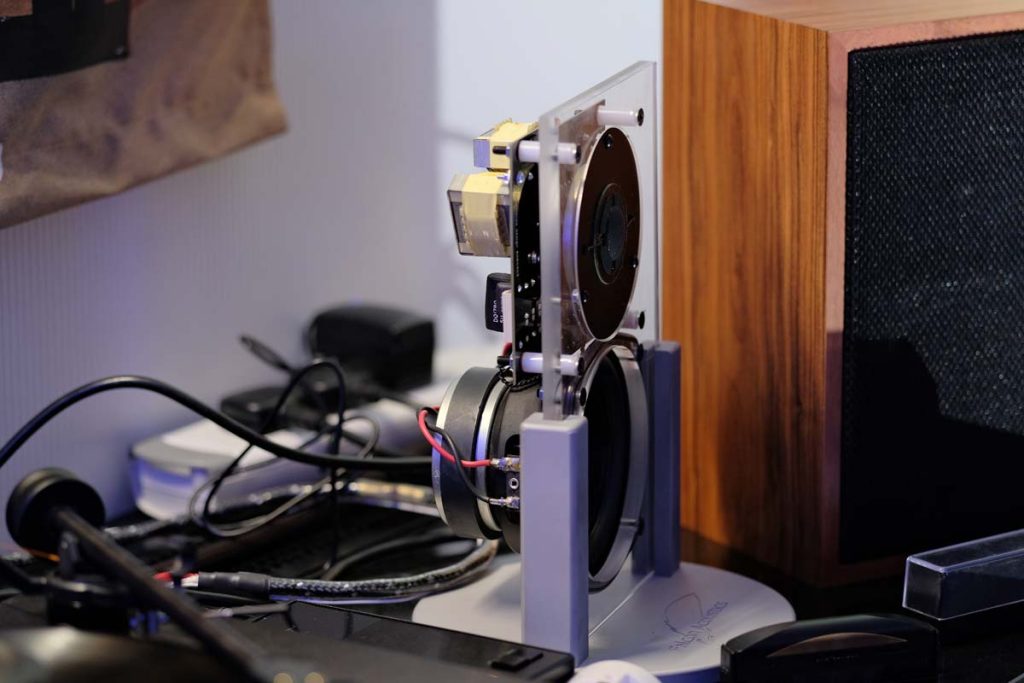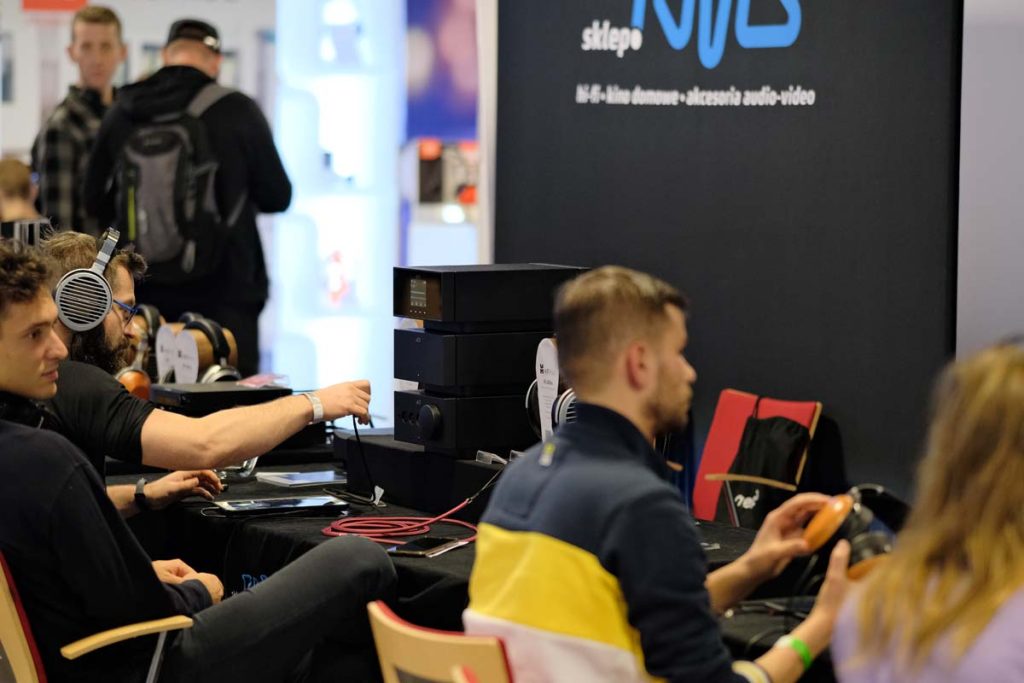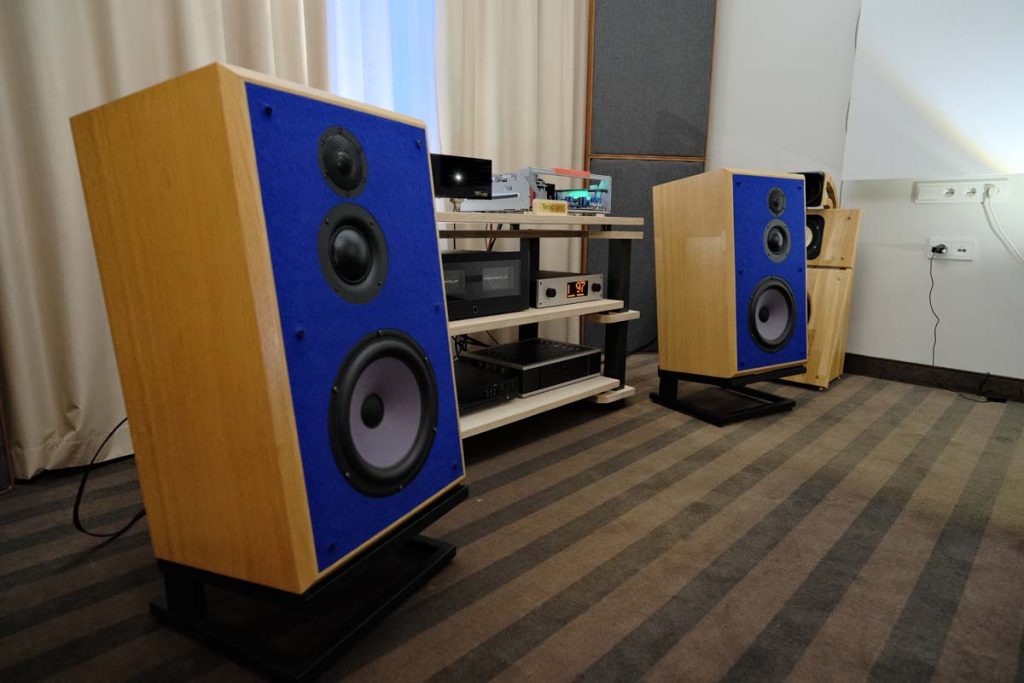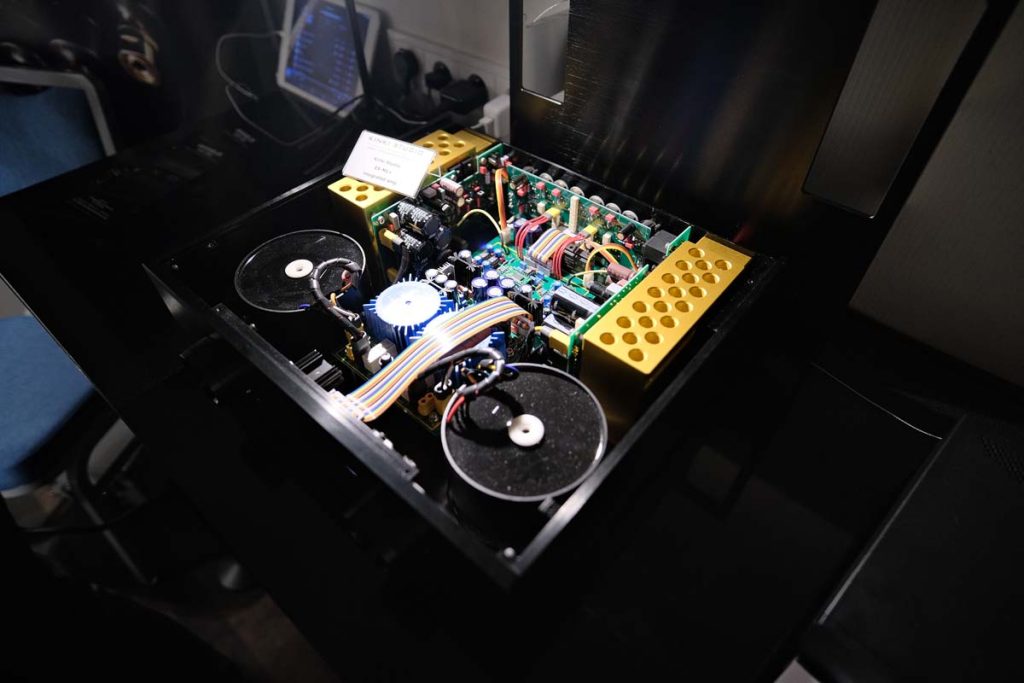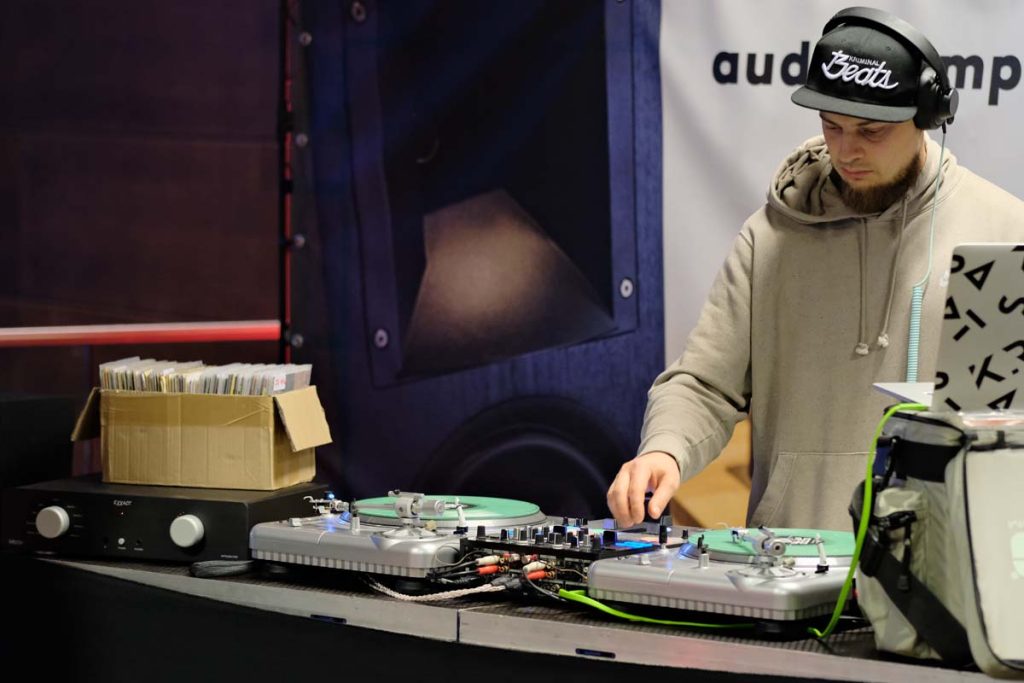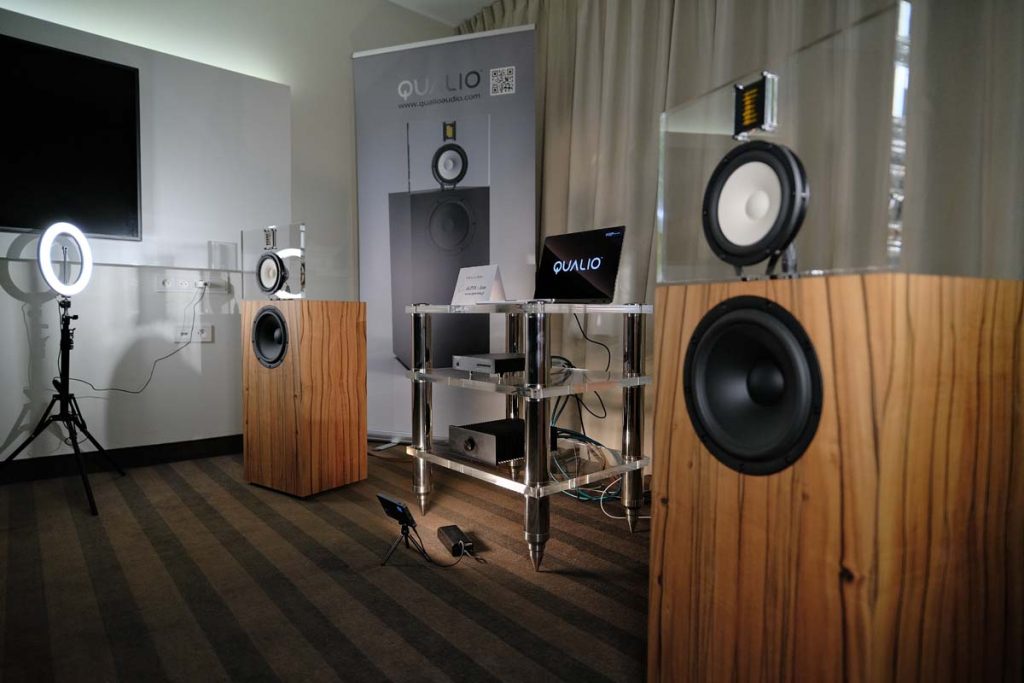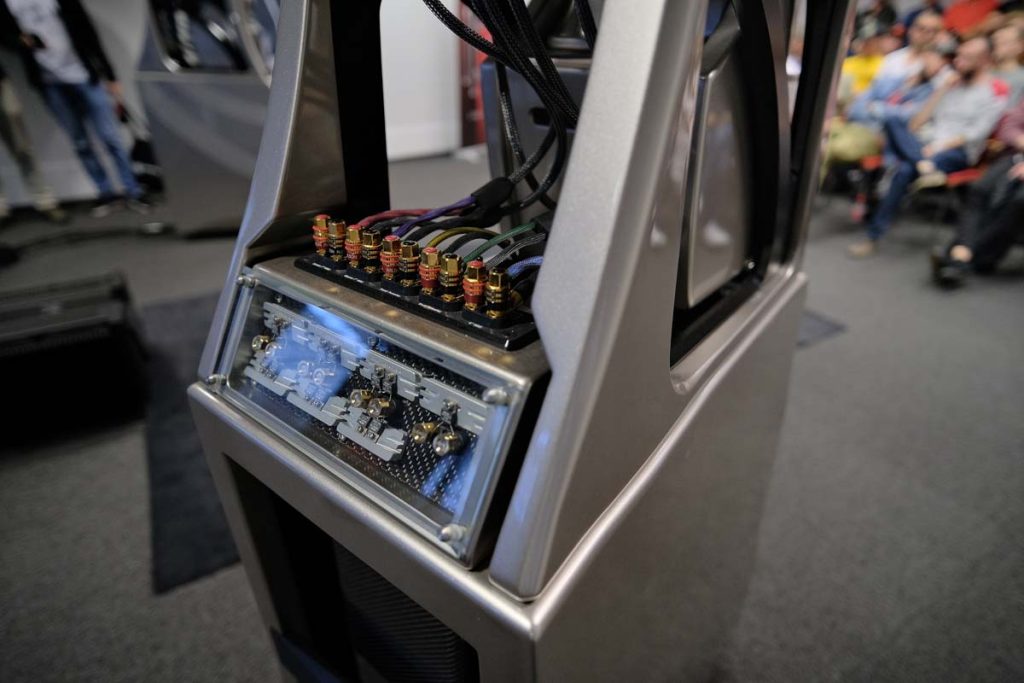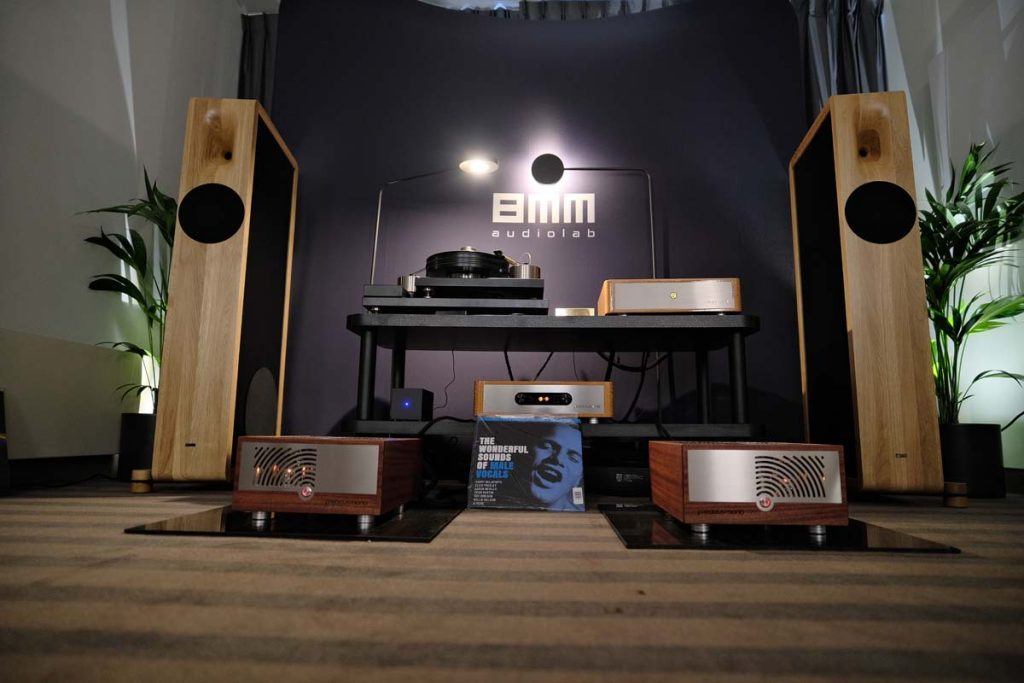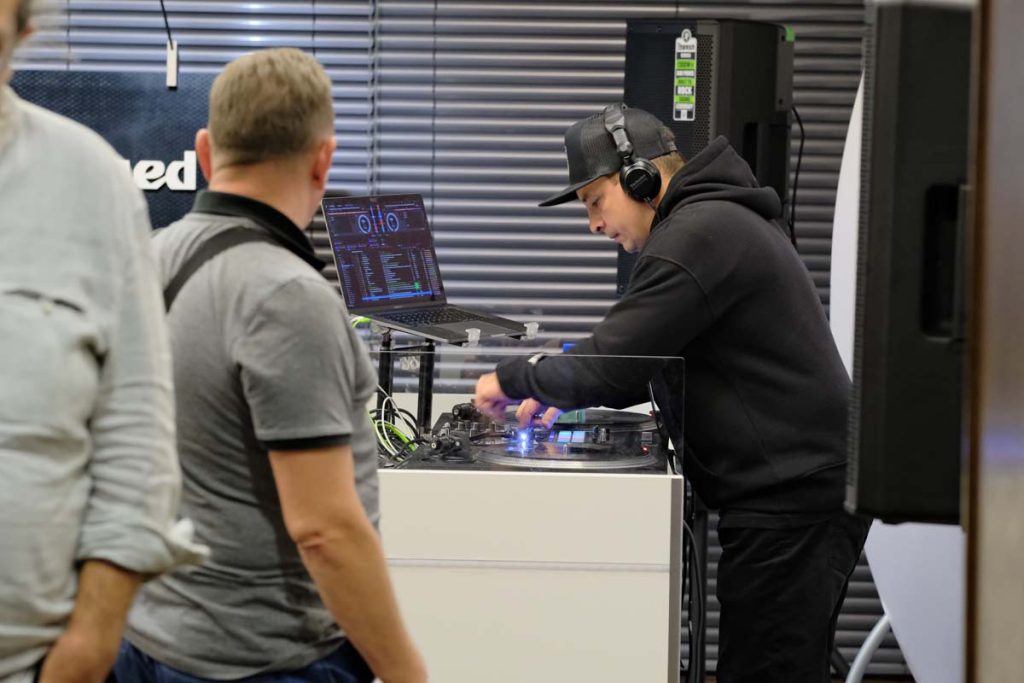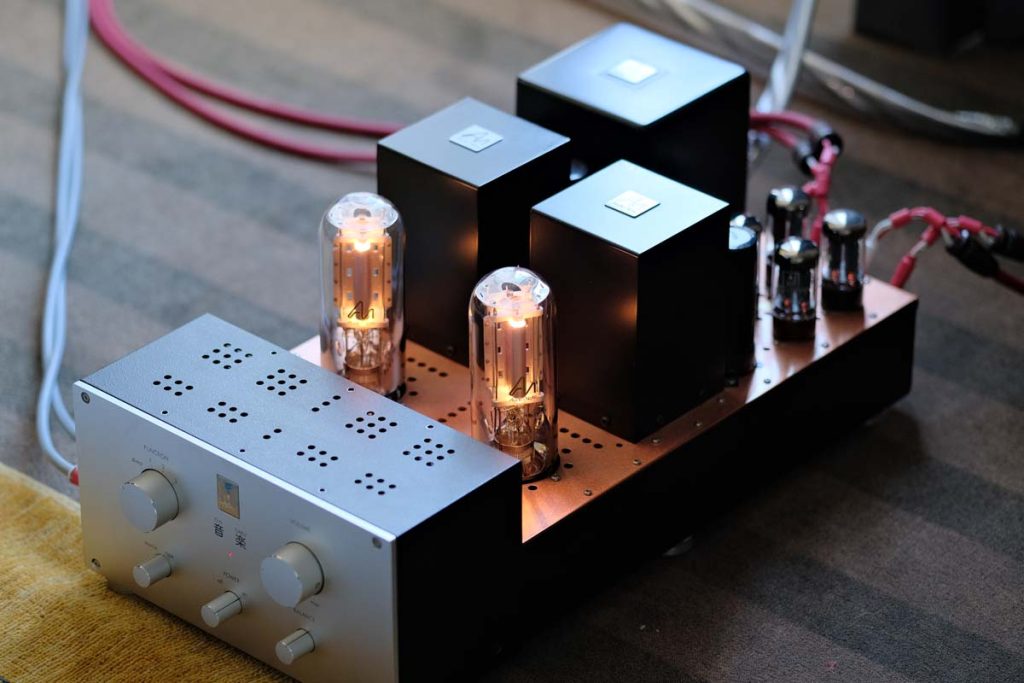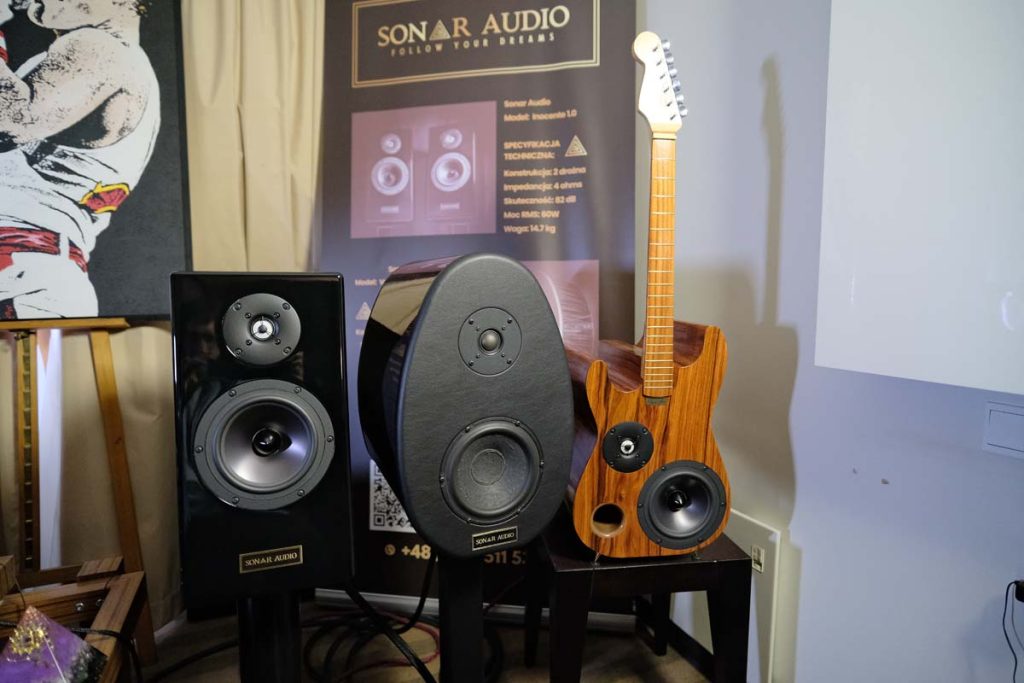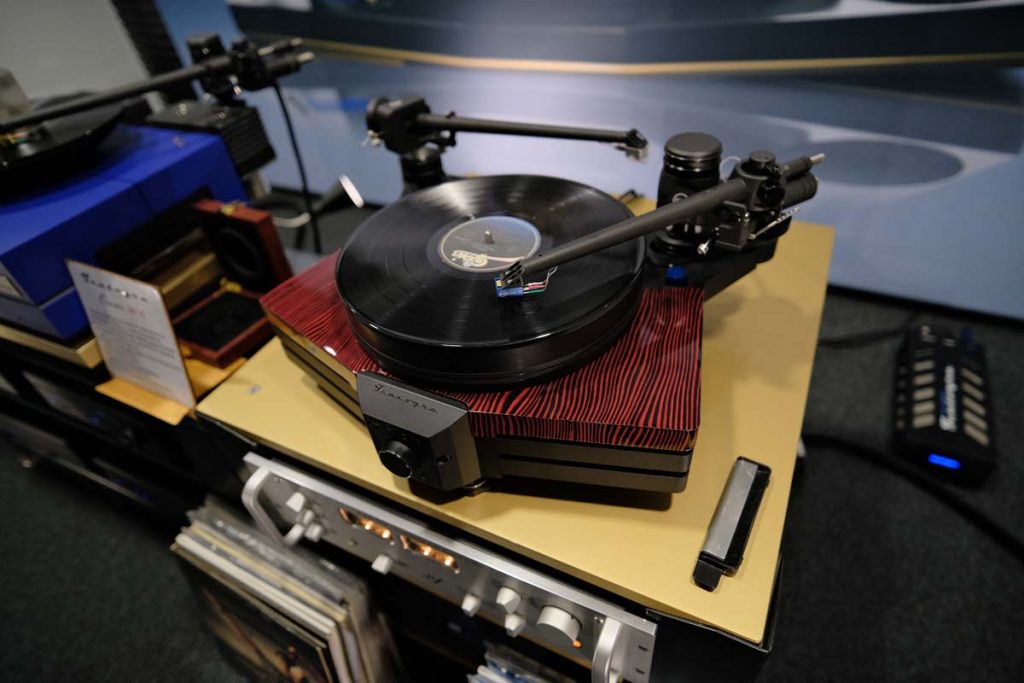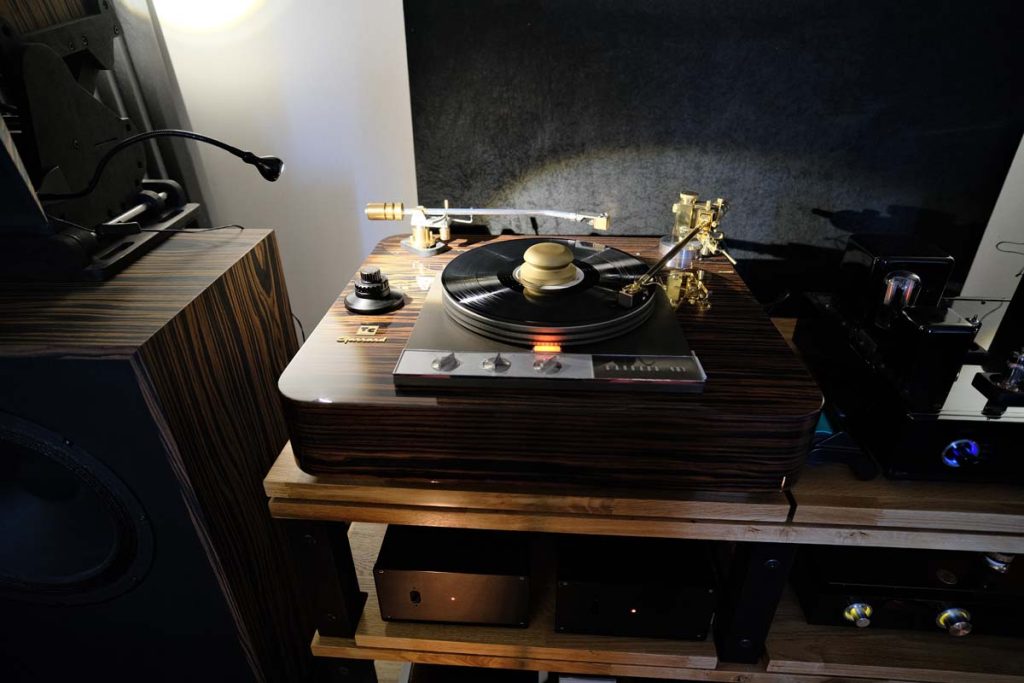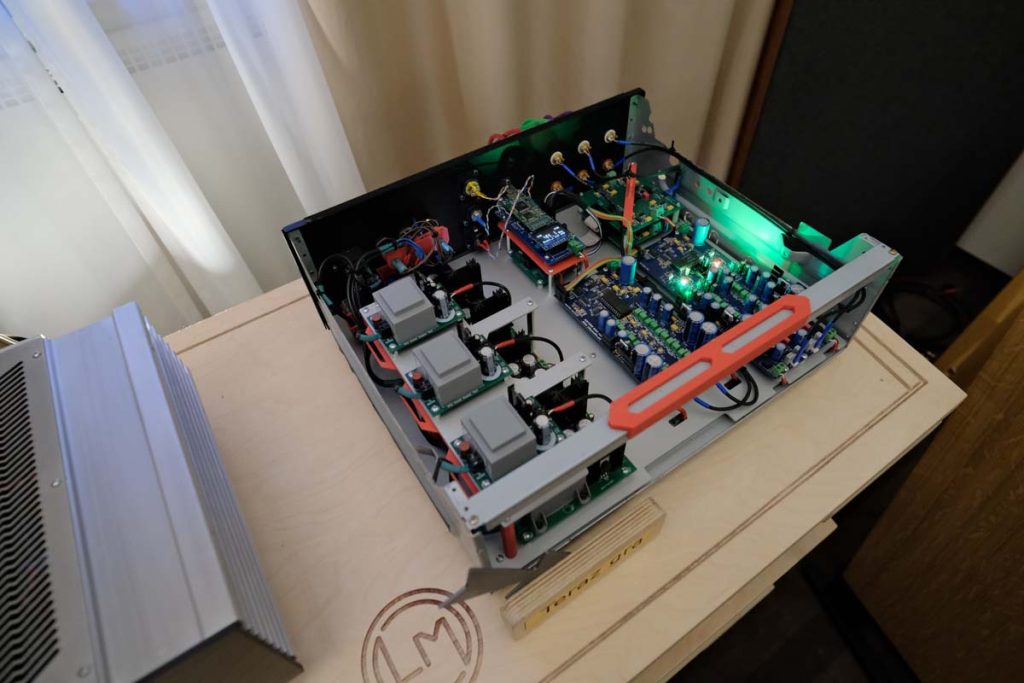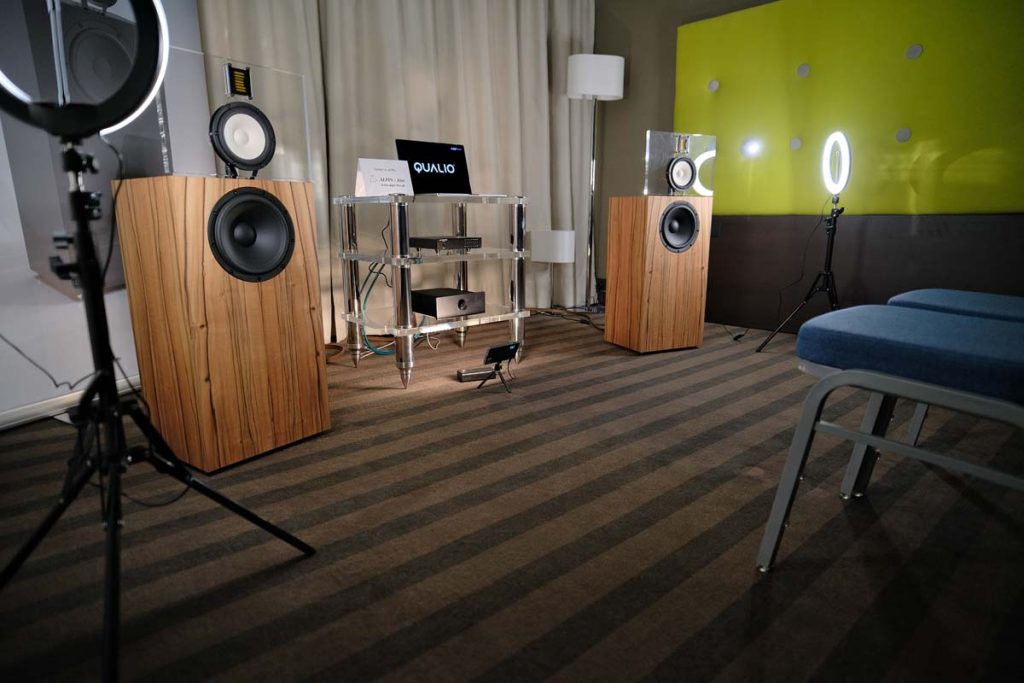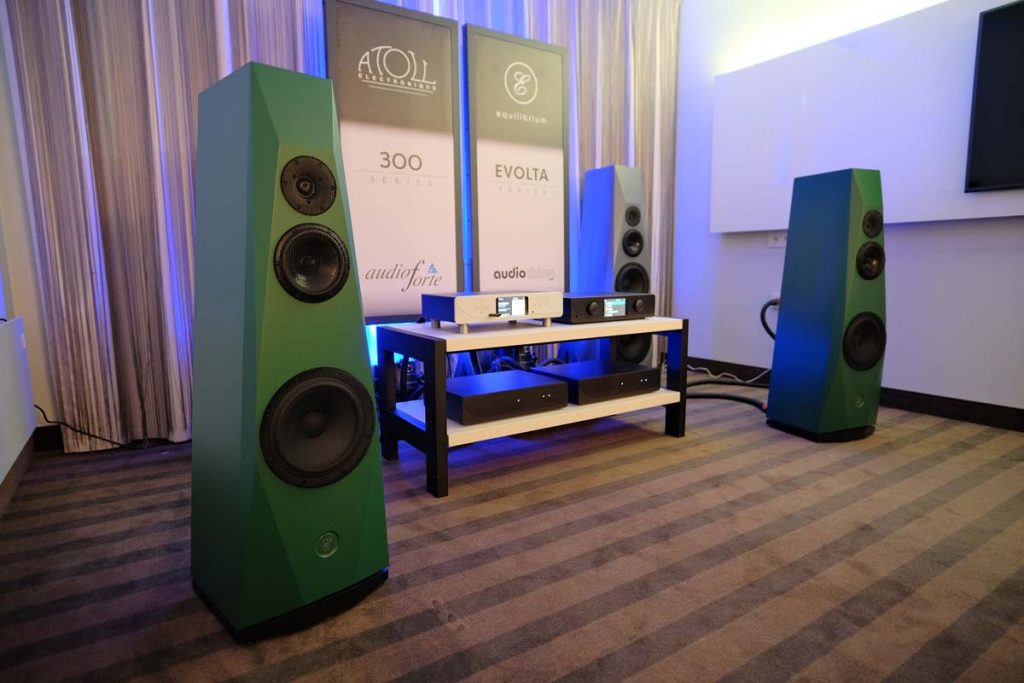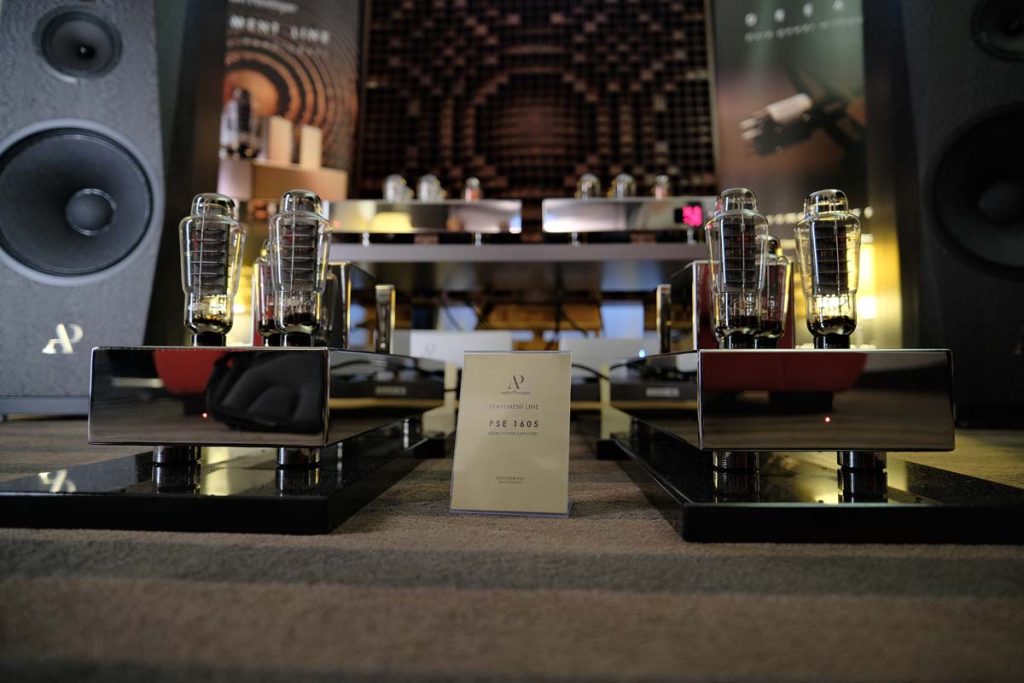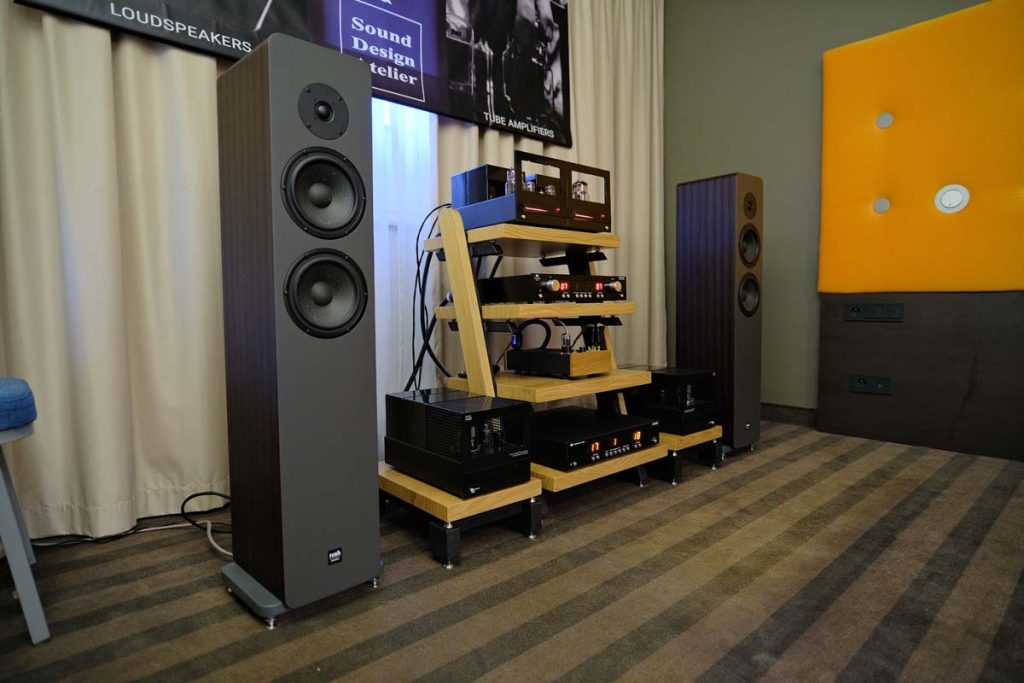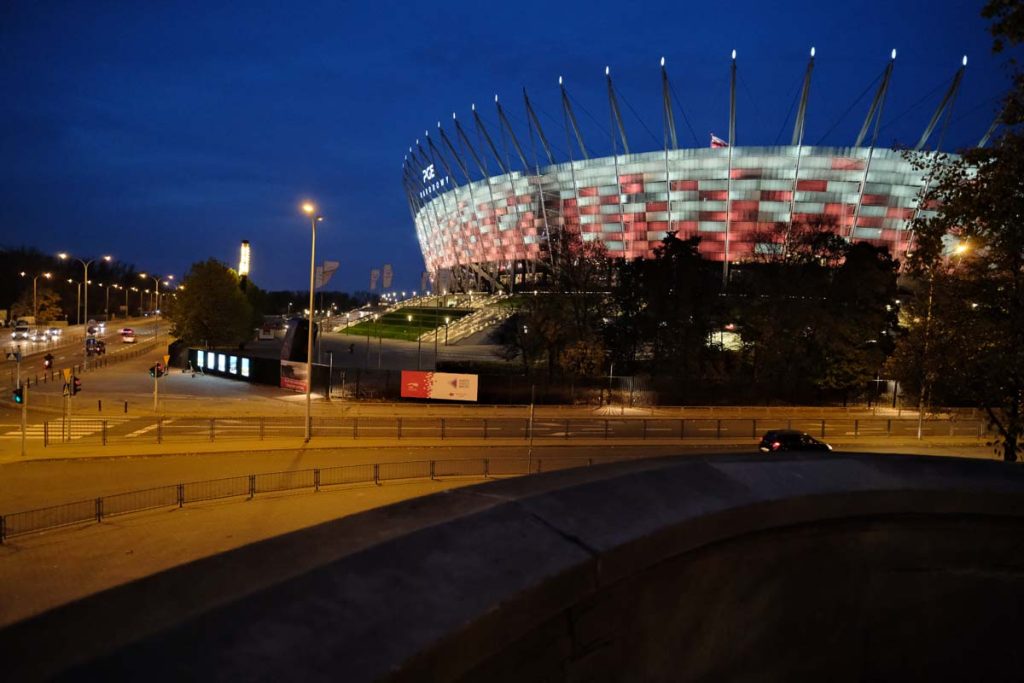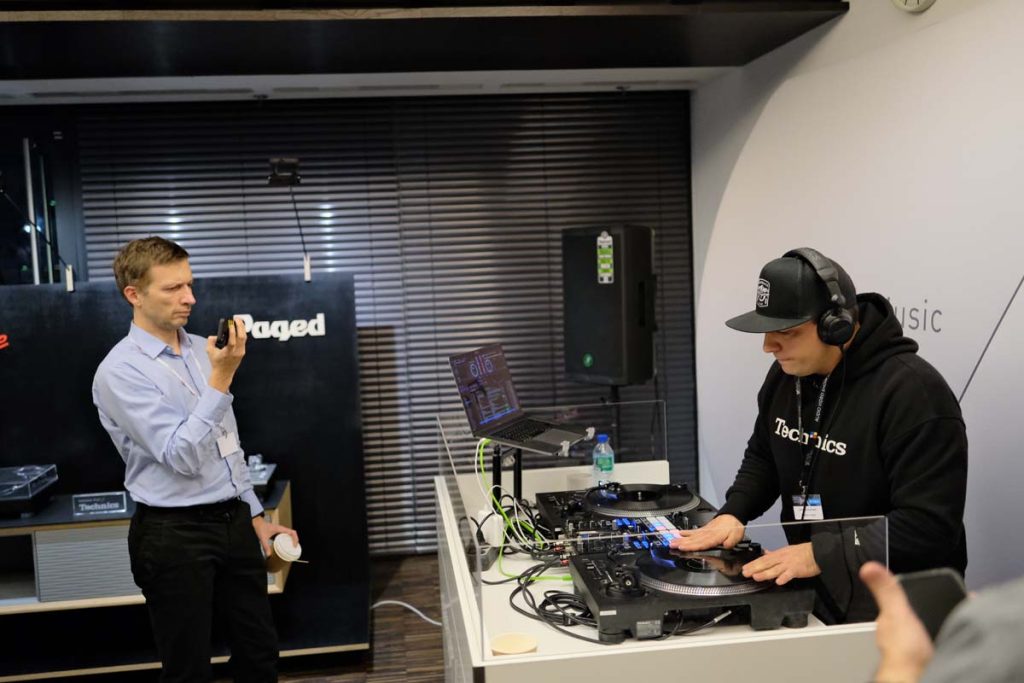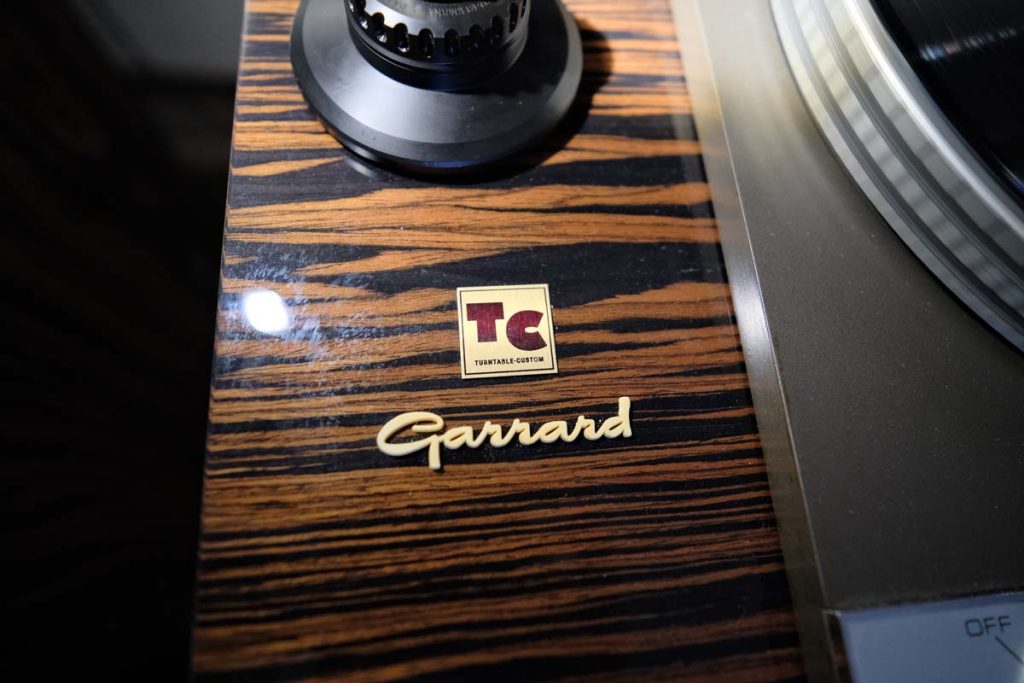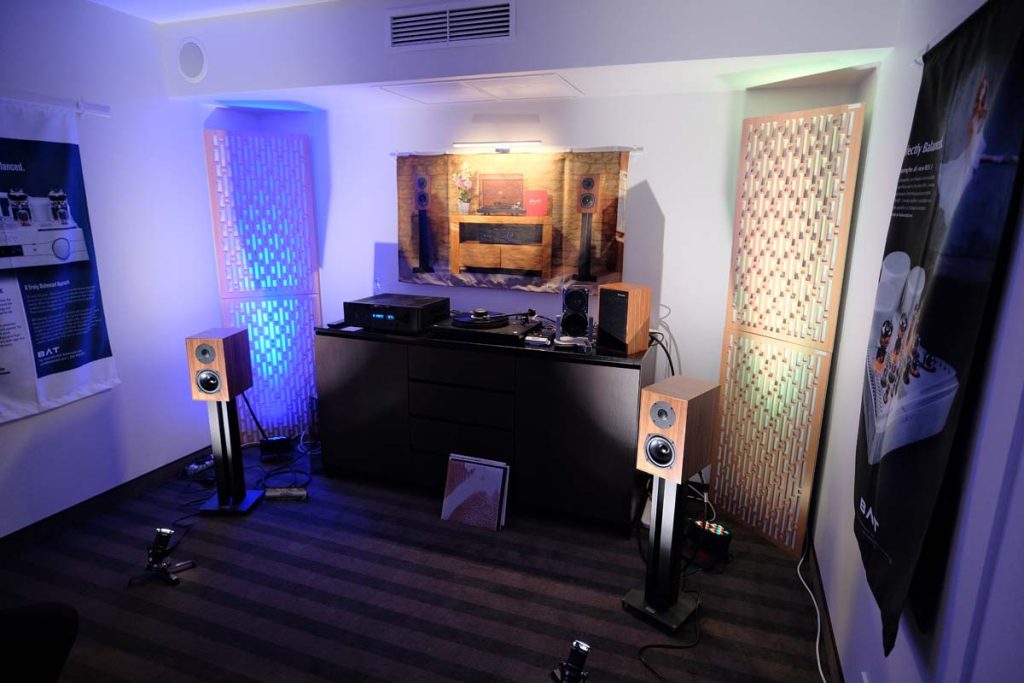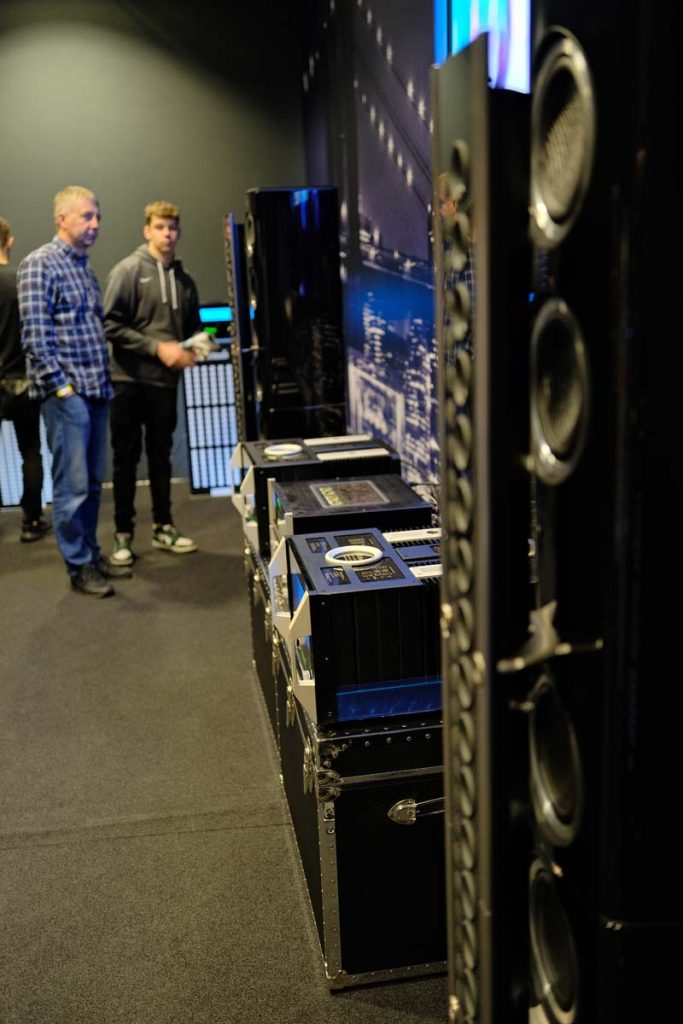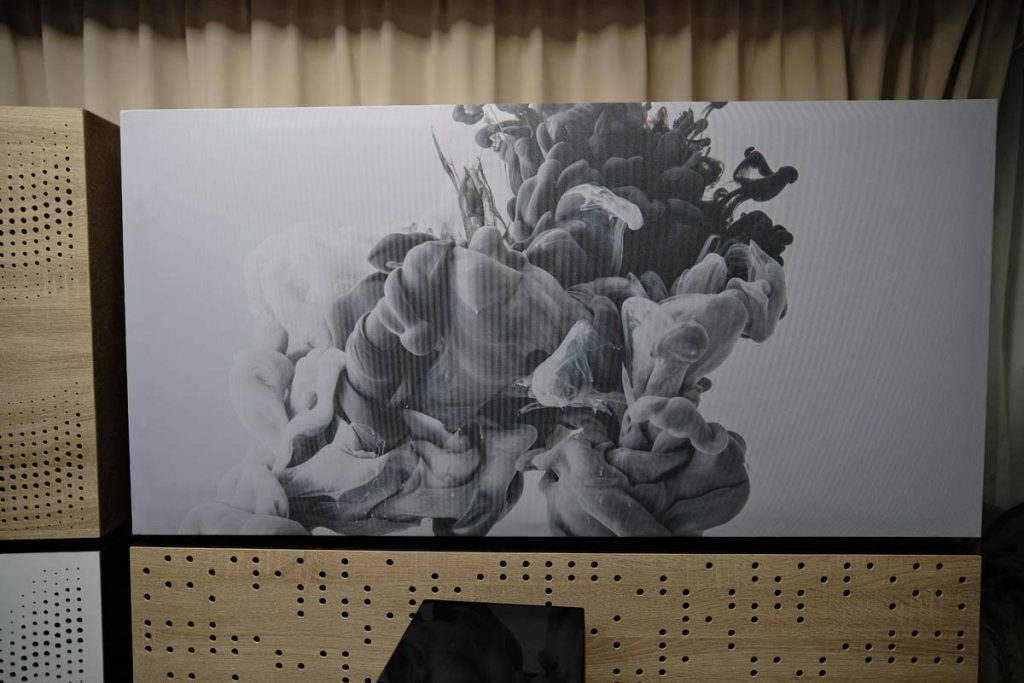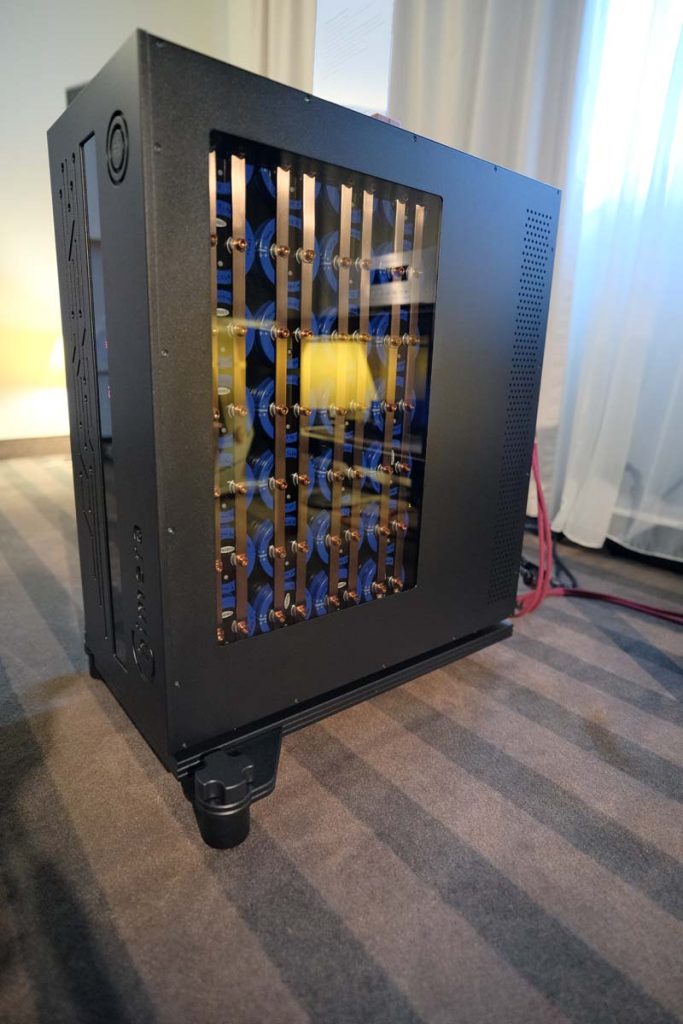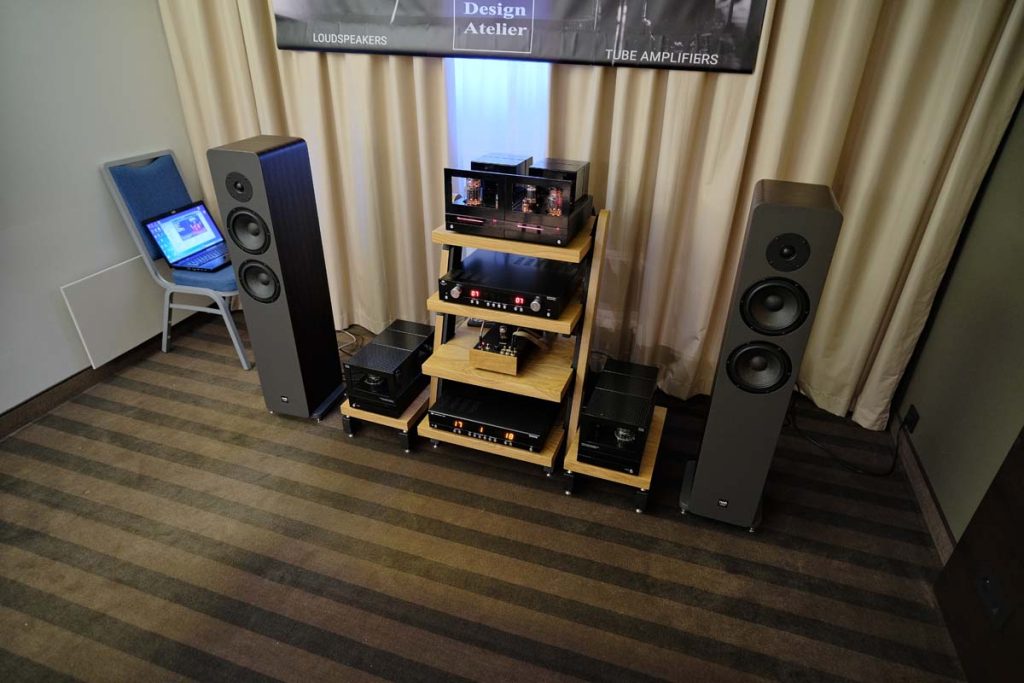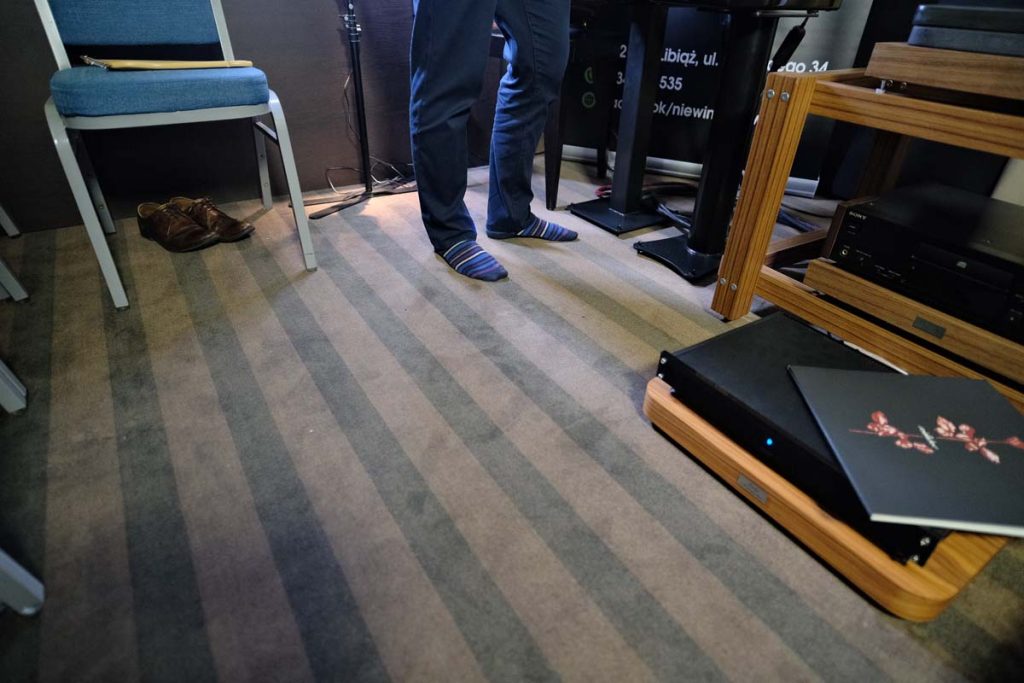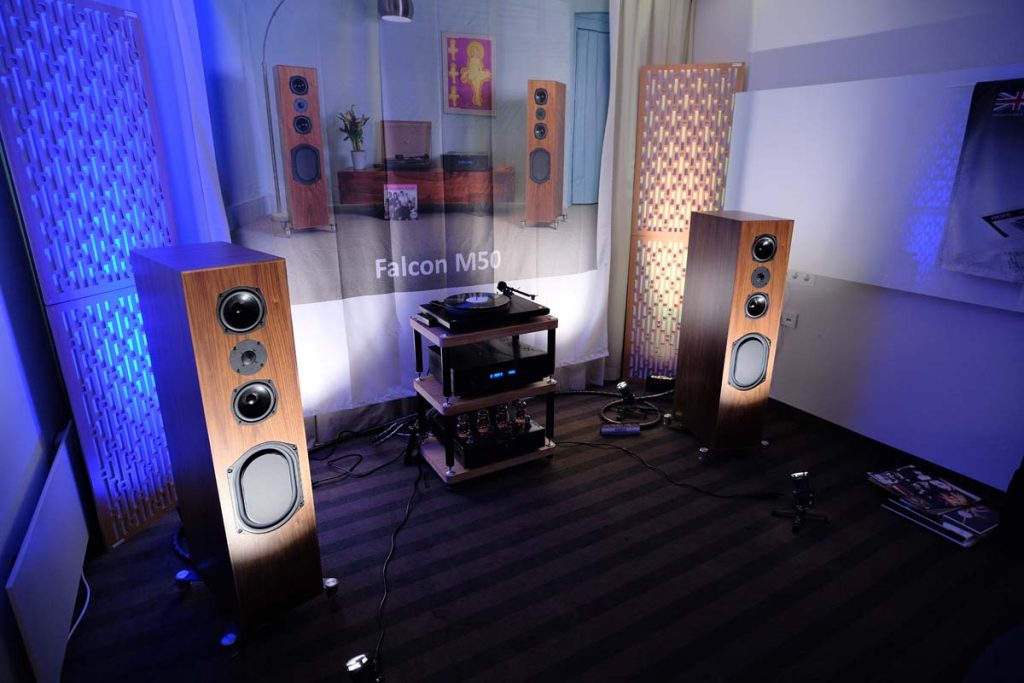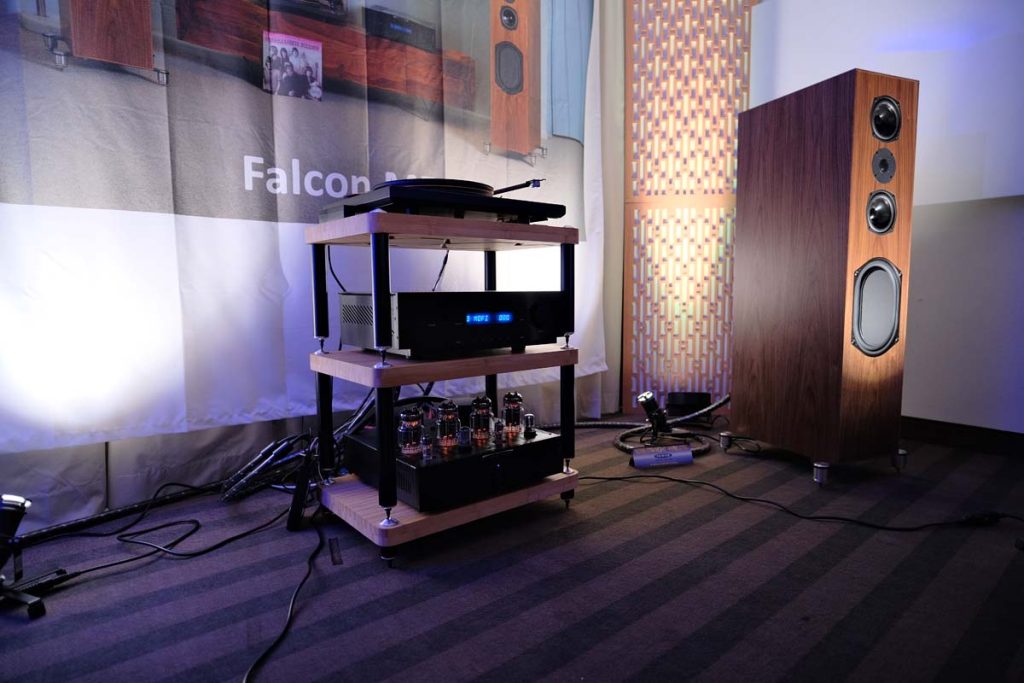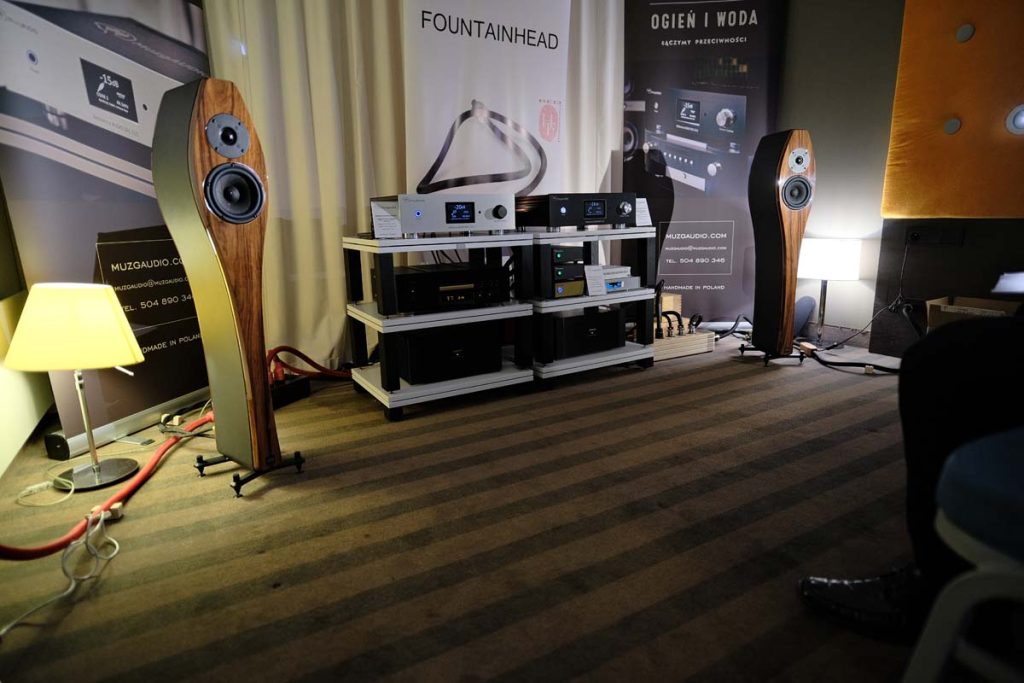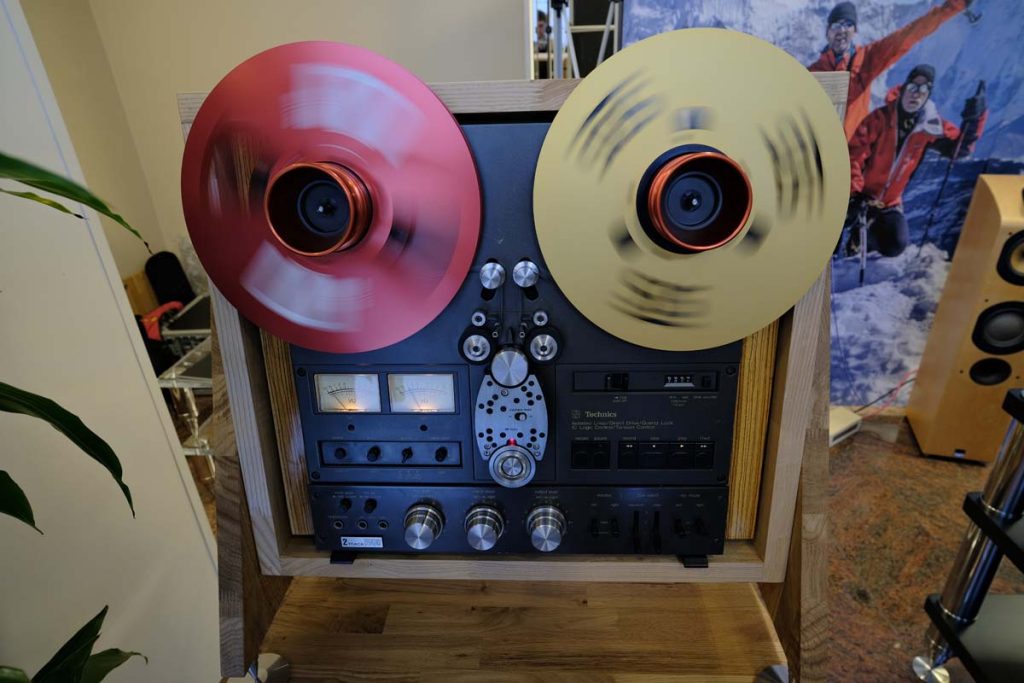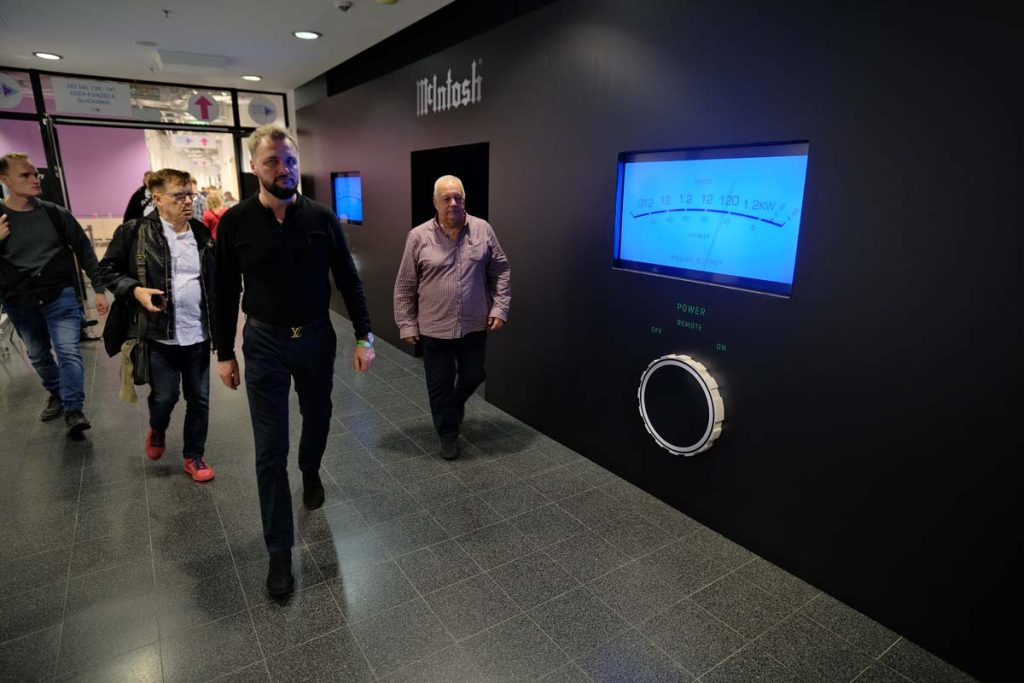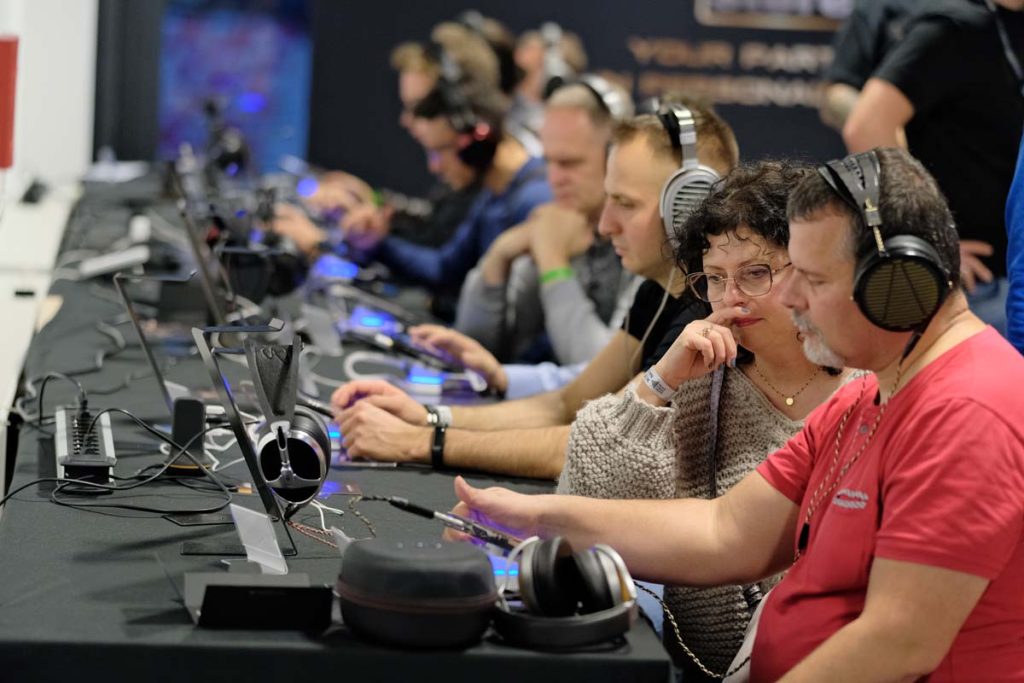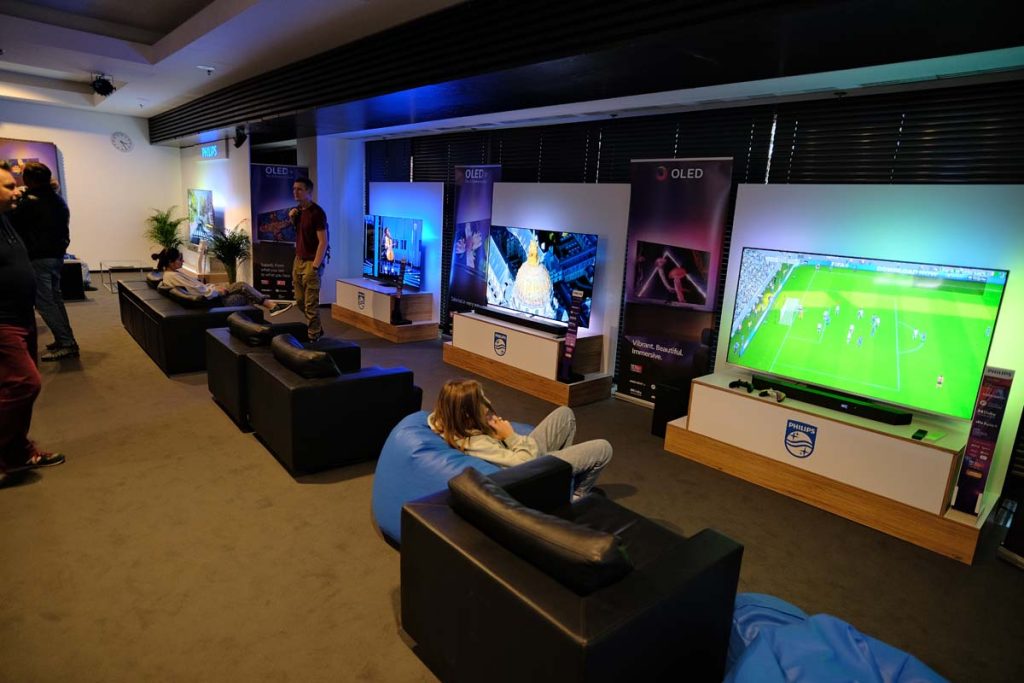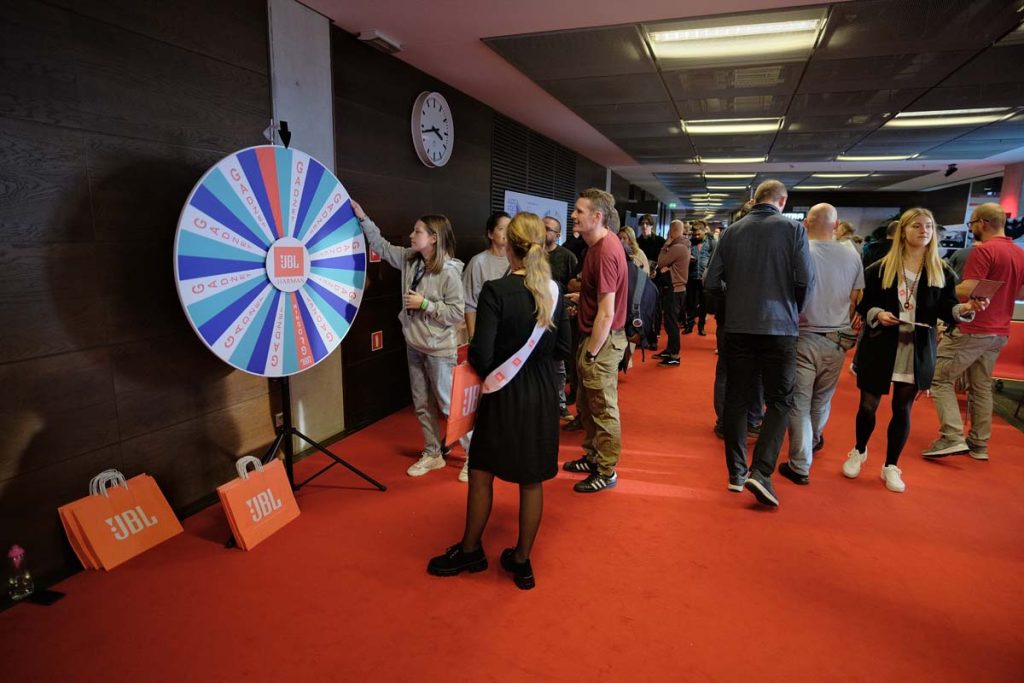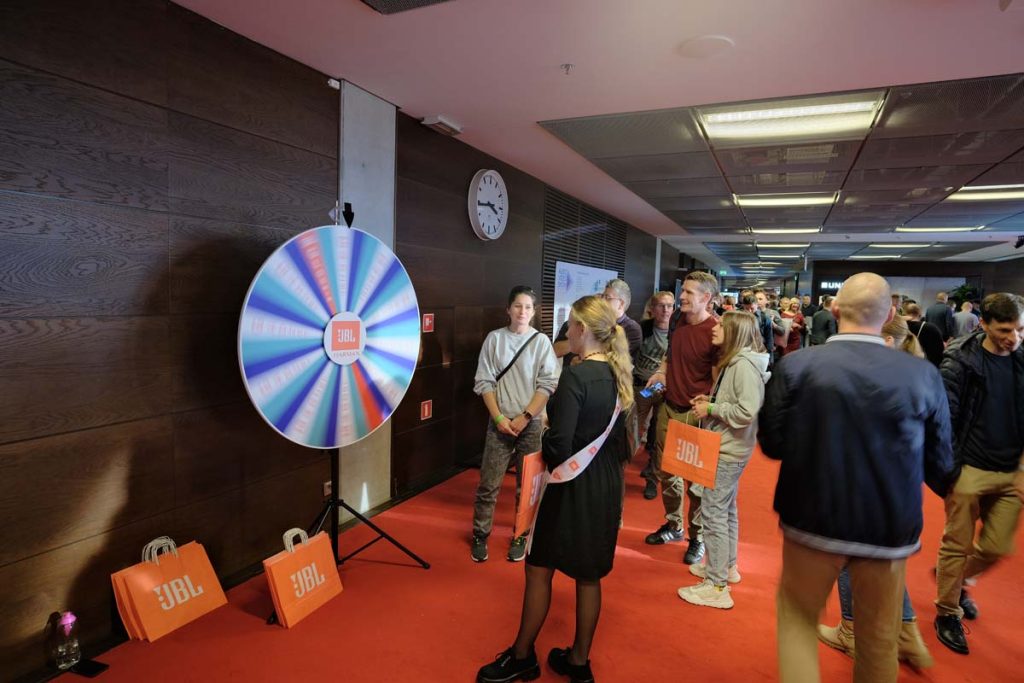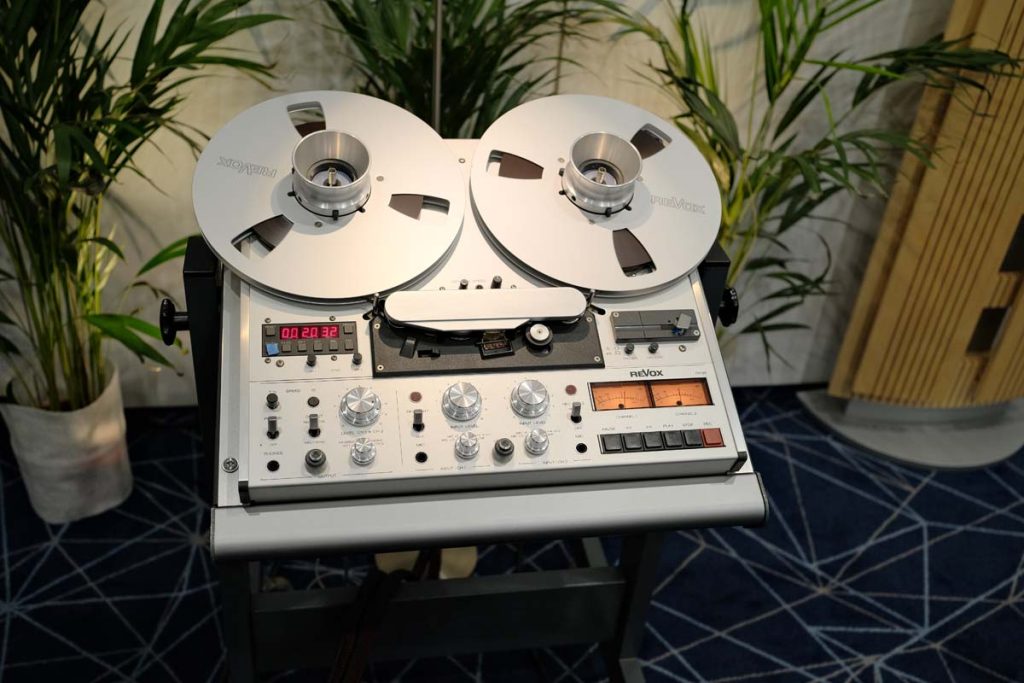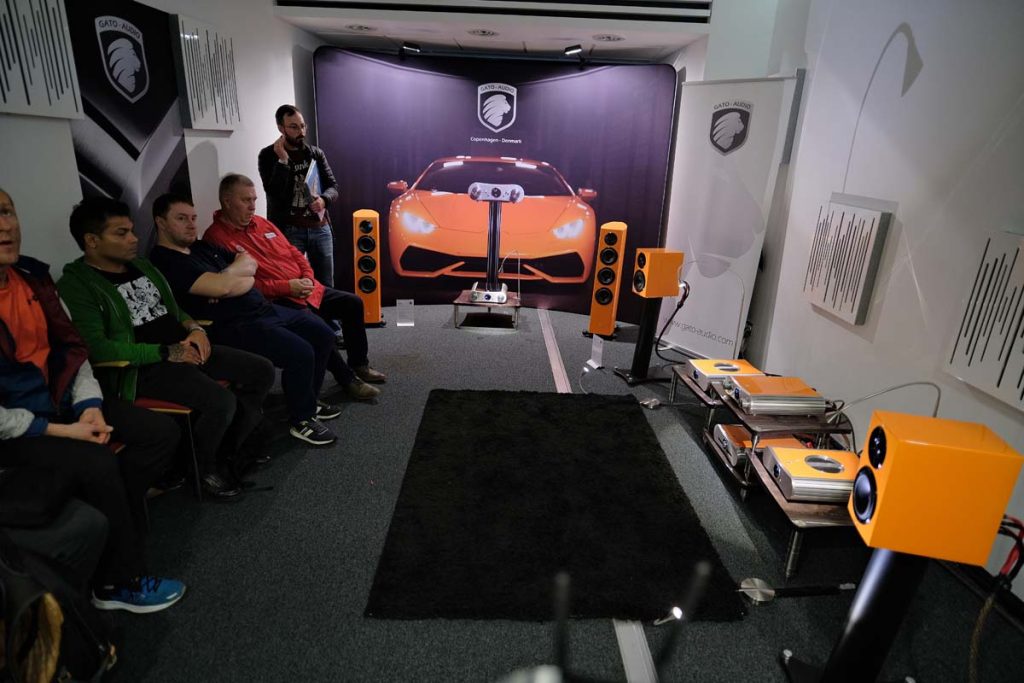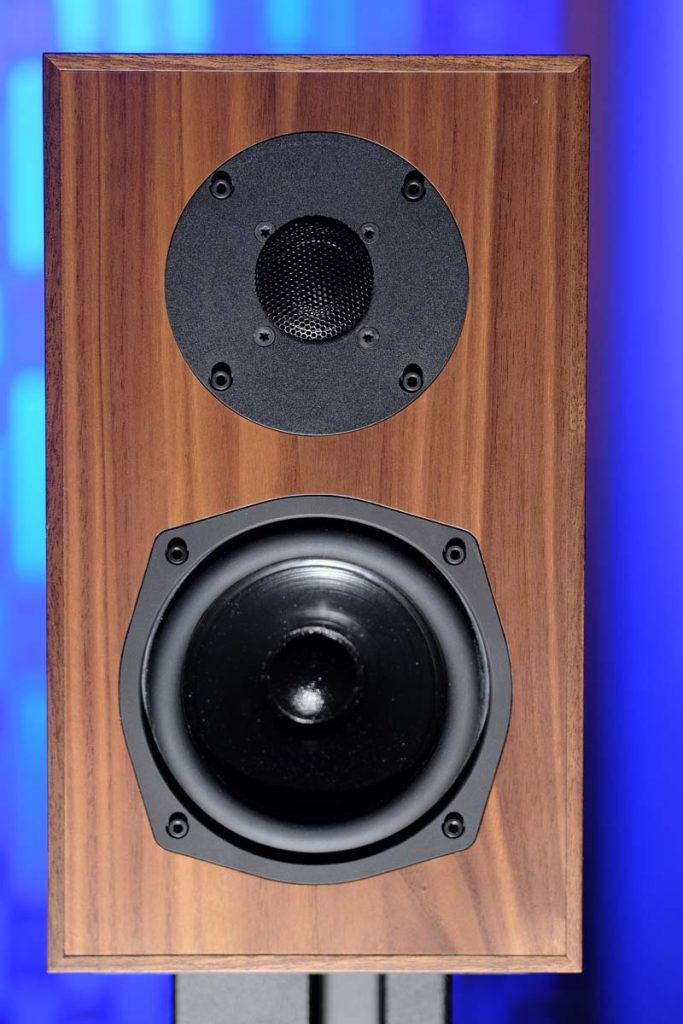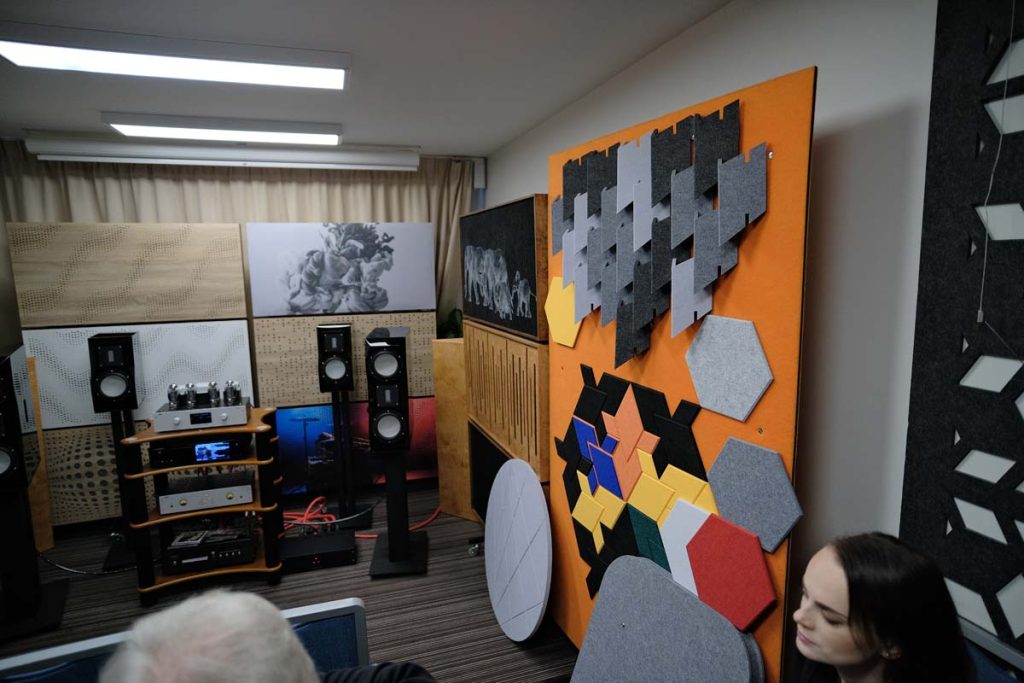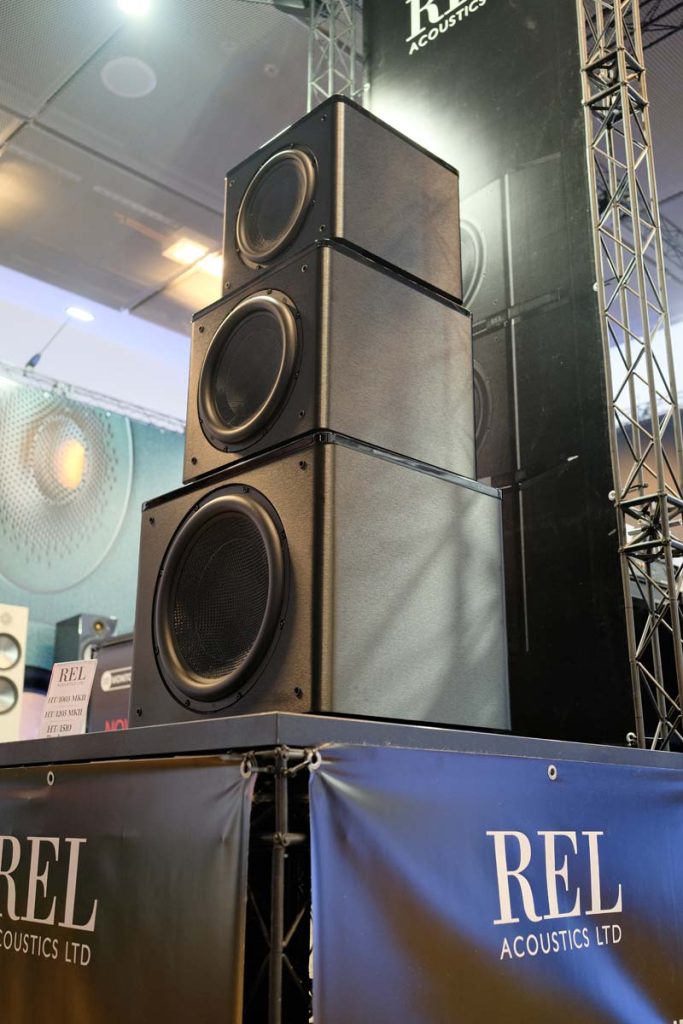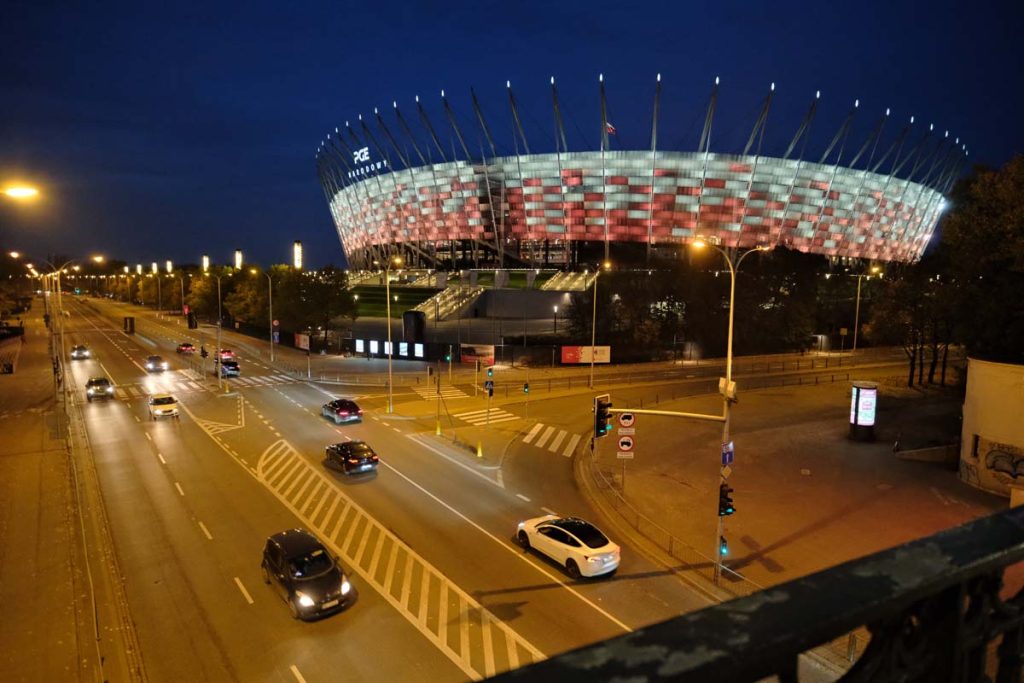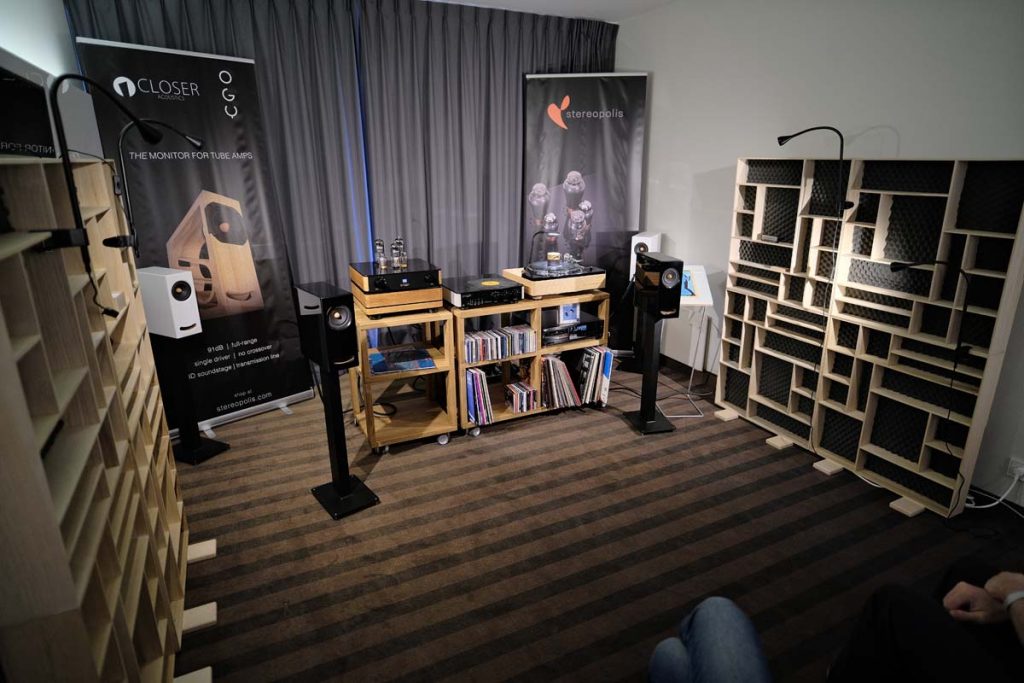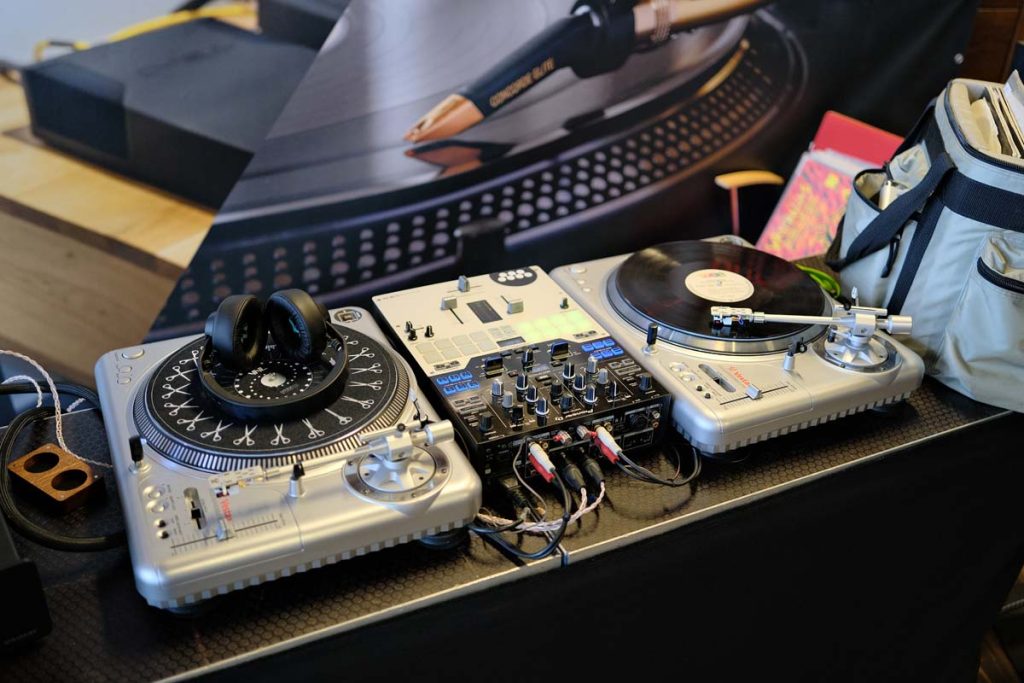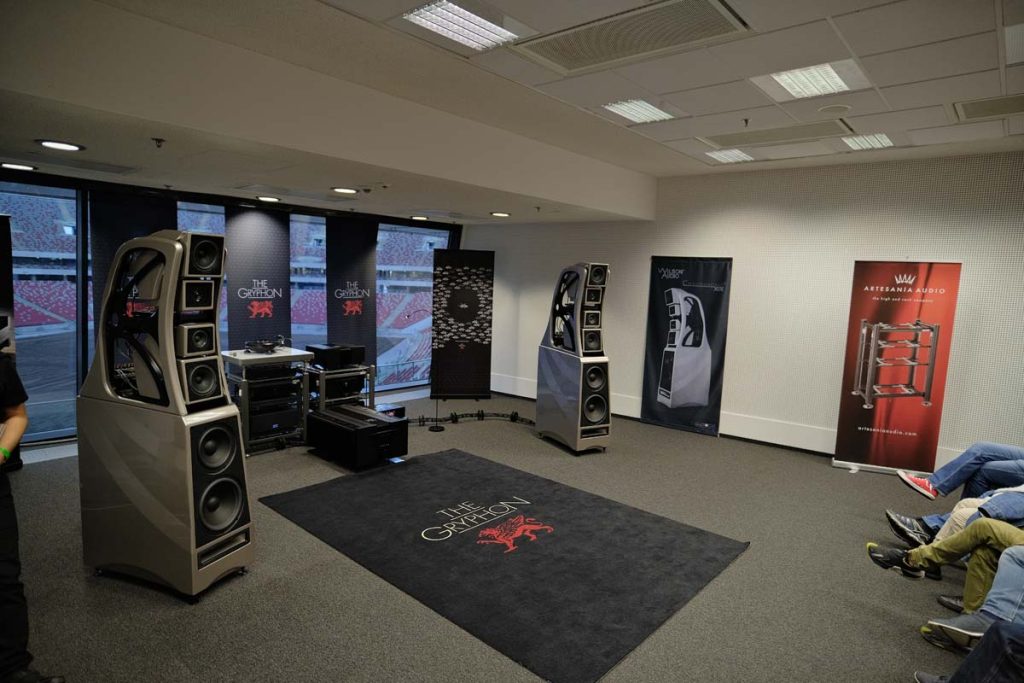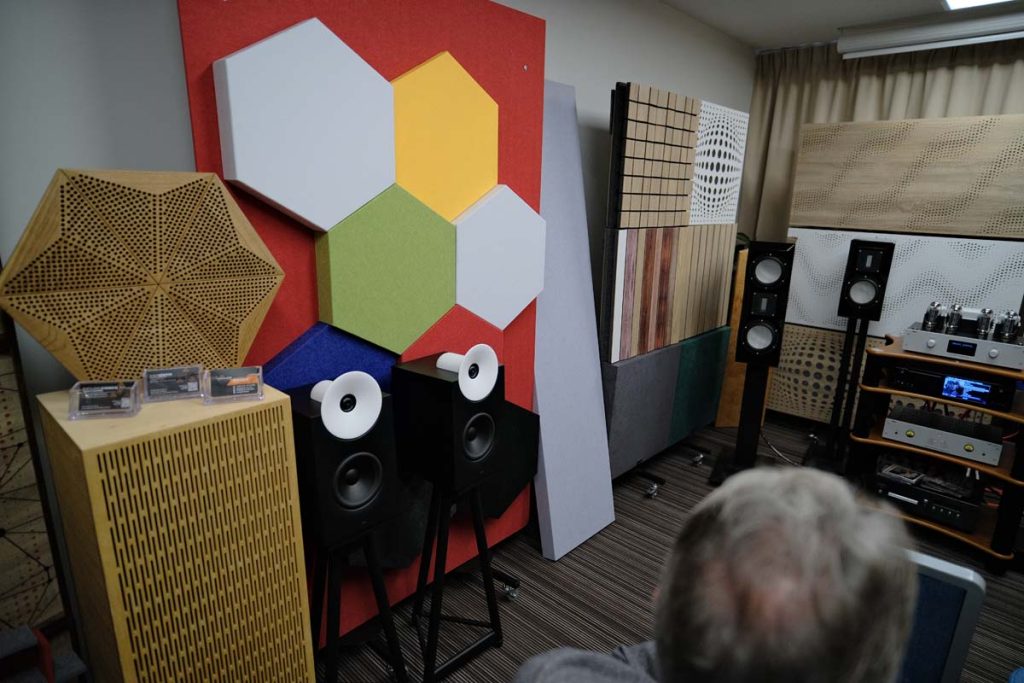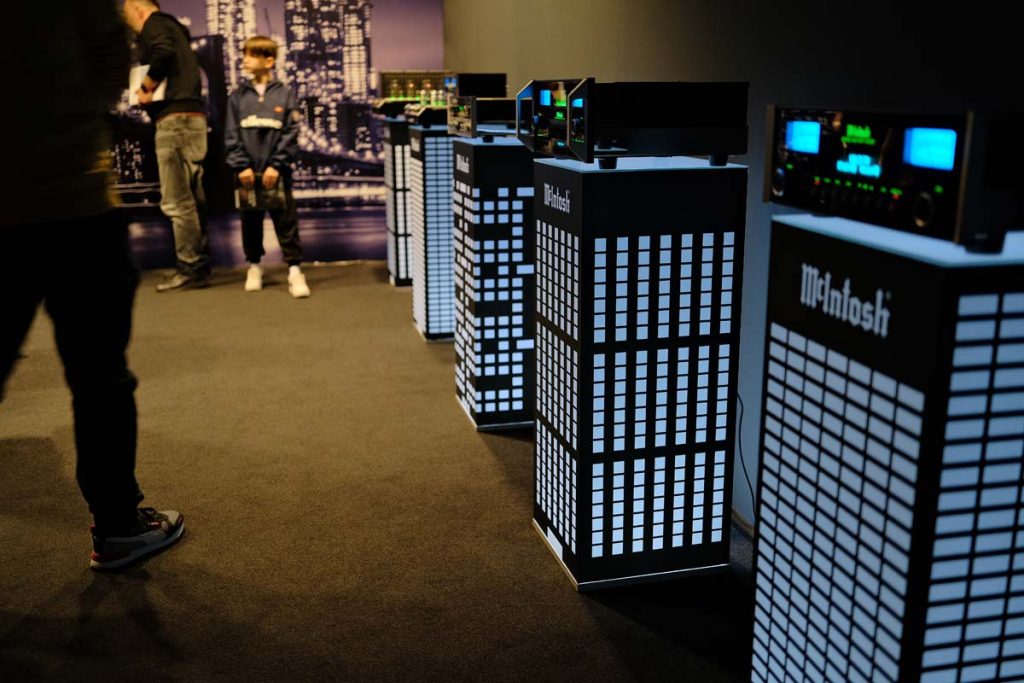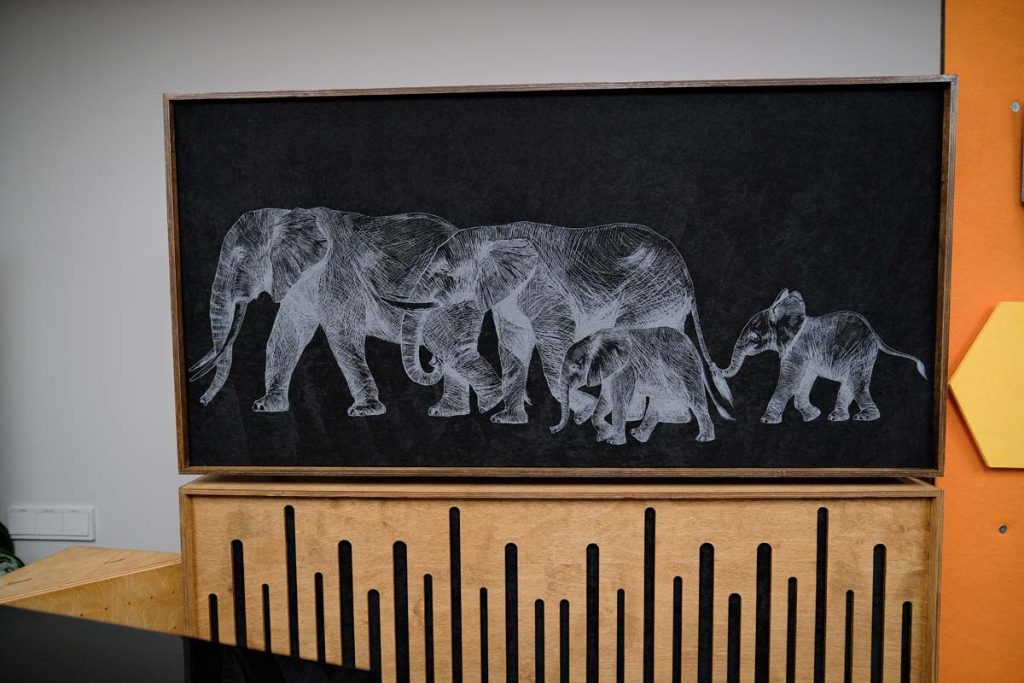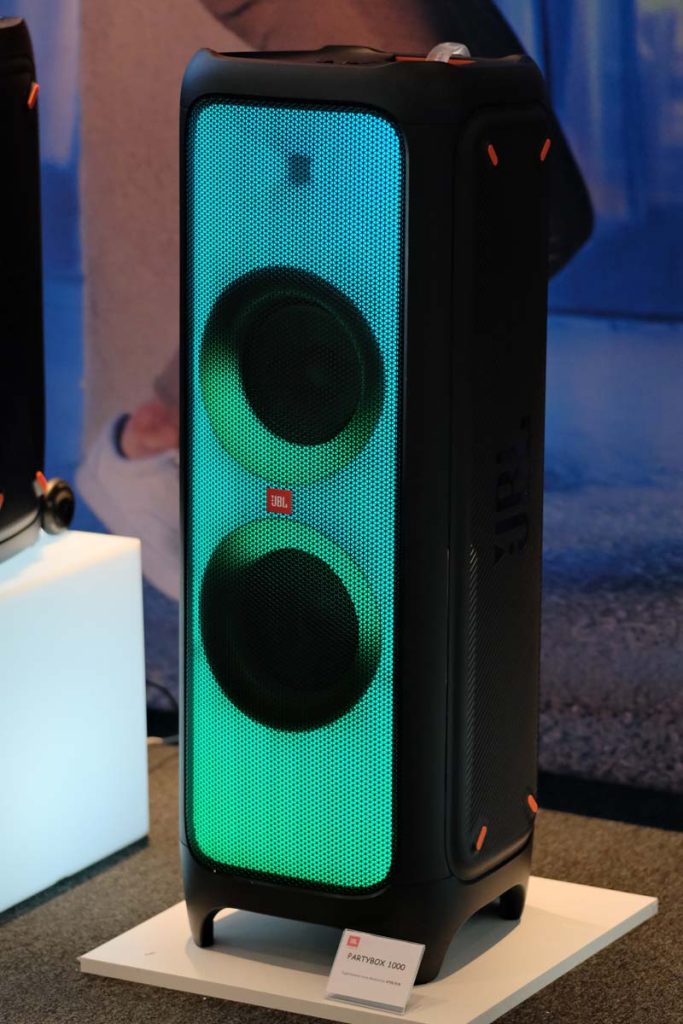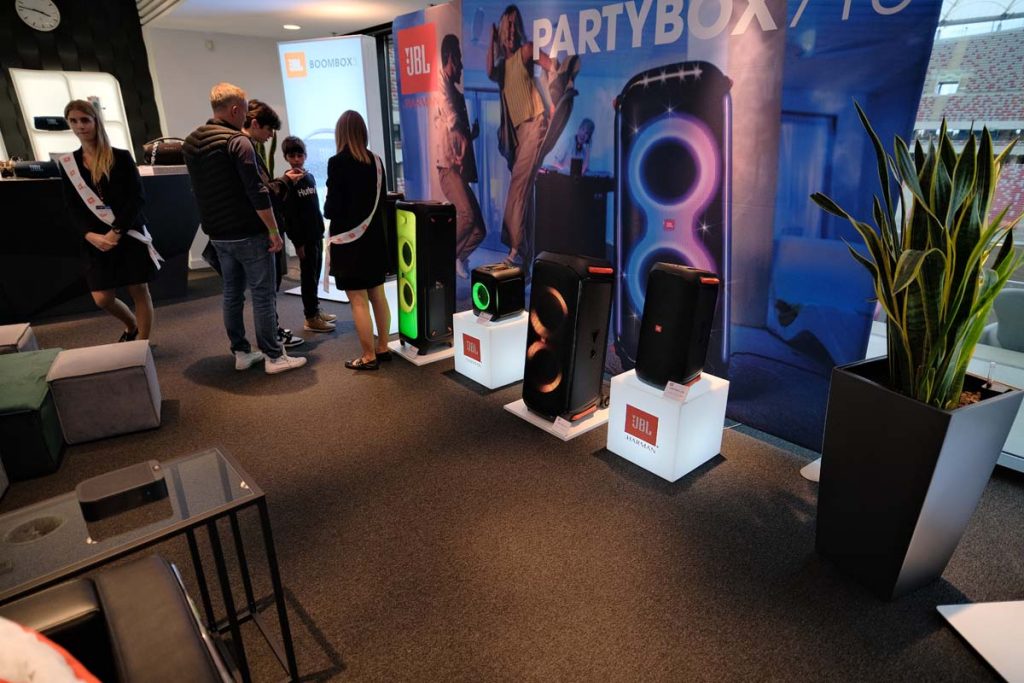Warsaw is a different beast: the atmosphere, the audience, and not least the demonstrations. We have collected some of the most striking trade show experiences of the Polish HiFi fair for you.
As I sit down in the Holophony room at the Golden Tulip, I initially find myself in a perfectly normal demonstration: about half a dozen listeners are being treated to a pair of Holohony Number 2s, driven by an integrated amplifier from the same manufacturer with an integrated DAC that doesn’t have a name yet. Everything is set up on Receptor bases, Dreamlink is responsible for the cabling. All Polish manufacturers – no big surprise at the AVS 2022 in Warsaw.
Dire Straits’ Brothers in Arms is playing when another gentleman enters the room and soon seeks conversation with the show host; he has brought something with him: small wooden pucks containing a mysterious something shimmering in a metallic reddish hue behind an acrylic pane, about the size of a cent coin. Soon the two stand up, interrupt the music, place two of the wooden discs under the speakers and run the same piece again from the beginning. Even with the atmospheric sound carpet before the actual beginning of the piece, a difference can be noticed: The fundamental heavy sound masses seem to drone less than before, also they seemingly reach out more effortlessly beyond the base width of the speakers. The looks of the astonished audience turn to the gentleman with the pucks, the stage is now his.
The pitch that follows can only happen like this in Warsaw: With obviously played pomposity, he sets up and announces, “What you are hearing here, ladies and gentlemen, are quantum field lenses.” Hearty laughter spreads through the room, the lecturer having as much fun as everyone else. He goes on to explain to us that the manufacturer N-Audio apparently uses a special brass alloy in the miracle discs, which solidifies under very specific conditions and presumably thereby develops its physically not really explainable effect. There is a detailed quantum-physical explanation, but it is completely out-of-the-nose humbug – if you want to bring such a product to market, you have to have something to say about it. He candidly tells us that he hasn’t got the foggiest as to what exactly these things do and why they actually make a difference, and concludes his remarks in a verbally hefty manner: “Excuse my choice of words, ladies and gentlemen, but, kurwa mać, they just work”. A conviction shared by the audience after the presentation.
A heart to touch
In stark contrast to this spectacle is the demonstration at Ancient Audio in the Radisson Blu Sobieski. In the room, whose front wall is filled with around half a dozen pairs of loudspeakers, another small object behind a plastic screen makes its rounds through the curious audience. However, this is by no means an esoterically inspired miracle cure, but rather a self-developed DSP chip – it forms the heart of the Single Solid integrated amplifier, which, in addition to a DAC, also boasts integrated digital signal processing. As I enter the room, the developer is engaged in a lively dialog with two of the listeners, who are discussing the silicon piece in a technical depth that I readily admit flies well over my head.
After all questions have been clarified, at least for the three of them, it’s time to listen. The star of the show is the active compact Vintage Horten, driven by said integrated amplifier, with the Lektor Transport CD drive serving as the feed. The silver disc turntable is visually striking mainly because the CD does not rotate in the cabinet, but rather open on top of it. If you want to see even more, you can examine the complete mechanism, which is displayed on a small table in the anteroom. The demonstrator’s reaction is also striking when Kind of Blue comes up in response to the question about music requests: “You know, everyone plays Kind of Blue, don’t they?” After a brief negotiation, they agree on a short selection of lesser-known jazz classics, the system gives a winning performance, and the audience seems very satisfied.
Hobbyist Mecca
The room of Forum DIYaudio.pl offers even more for all those who enjoy the technical nitty-gritty. Those who know a little about the high-end scene are probably aware that Nelson Pass is not only known for Pass Labs, but is also held in high regard with his second project First Watt, especially in the DIY scene. The amplifier guru releases each of the First Watt designs – emphasizing minimal circuits with a maximum of 25 watts per channel – to the public for rebuilding a while after the production run. As the centerpiece of their demonstration, the young tinkerers from the DIY forum have reproduced a First Watt M2, which they proudly present in a classy-looking cabinet. The DAC to the left is openly displaying its innards, its developer explains to me that he has installed three different chips – a Philips TDA 1541, an Analog Devices AD 1865 and a Burr-Brown PCM 1704 – between which he can switch at any time at the touch of a button. The two pairs of speakers in the room are also, of course, custom-built, based on top-notch drivers from Sonido, Bliesma, Seas and others. “The only things we didn’t build ourselves are the furniture and the laptop,” the developer tells me with a mischievous grin.
Mixed company
What sets many of the demonstrations here apart from your typical HiFi trade show fare is that they also appeal heavily to young and also generally “uninitiated” visitors. At the JBL booth in the “Narodowy” stadium, for example, a father with his two children has a Partybox 510 explained to him. Even if my kneejerk reaction is to feel transported to a Mediamarkt (or Target) than to a hi-fi trade fair, I have to acknowledge right away that this kind of demonstration room – of which you can find plenty at the AVS, by the way – is exactly the “bait” that the high-end world needs: Here, the young and “normal” consumers are being picked up at a point they know and understand – and immediately afterwards they wander two or three rooms further, for example to Audio Group Denmark or Innuos, to hear what is really possible in terms of high-quality music reproduction. The audience at the entire trade show is correspondingly mixed: Here, a middle-aged lady is trying out a pair of magnetostatic high-end headphones, there a teenage couple is doing the rounds, with the girl leading the way – awesome!
New York skyline in Warsaw
A bait of the visual kind has been thrown out by McIntosh: The Americans have redesigned the entire façade of their space to mimic an amplifier front in the unmistakable McIntosh design – including two screens embedded in the wall that act as giant VU meters, relaying in real time the level of the musical action inside to visitors strolling through the hallway. The room itself is dark, with skyscraper-design pedestals to the left and right, on which various McIntosh amplifiers rest, flanking a mighty two-channel system complete with screen that dominates the scene: Driven by reference electronics by the American Brand, a pair of XRT1.1 line array speakers effortlessly fills the generously sized room with sound. Despite lightweight walls, a full, excellently contoured bass foundation spreads out and carries a stage that seems to stretch the room dimensions even further.
Ostentatiously minimalist
Audiolens is much more reserved. The still young manufacturer presents its first loudspeaker here – an active floorstanding model that goes by the plausible name of Active One. The sleek floorstanding speakers in a great-looking wood veneer are not only equipped with Class D power amplifiers, but also with a preamplifier DAC. To demonstrate how minimal a setup built around the Active Ones can turn out, the exhibitor came up with a cute idea: The rack, which sits between the speakers in classic hi-fi fashion, is largely empty – only the top level is occupied by a tiny, somewhat forlorn-looking iFi Zen streamer.
The lightweight appearance of the system doesn’t stop the two metalheads in the room in any way from whipping the small columns through their paces with power metal, whereupon the demonstrator apologetically explains that naturally, the speakers with their 17cm midwoofers won’t convince with marrow-shaking bass. The couple with the heavy musical taste nevertheless seems very taken, the active perform more than valiantly. In fact, the Active Ones allow regulating the bass level. This function is actually intended for adjusting to the room acoustics, but hey, why not also to the personal listening taste? With all the functionality, but also given the sound quality, what impresses me most here is the projected retail price, which is 20,000 zloty, or a little over 4000 euros for the pair.
Apart from the audience itself, it is generally the music selection that seems significantly different from other HiFi fairs: As soon as I leave the Audiolens room, Deep Purple’s Burn roars at me from somewhere else, from another room I hear the Polish rapper O.S.T.R. HiFi show standards like Liberty by Anette Askvik or Bubbles by Yosi Horikawa? Much unlike at other fairs, where it feels like they are playing in every other room at any given time, I hear each of those exactly once. I have a particularly curious musical experience in the Qualio room. Here, the exhibitor demonstrates his IQ loudspeaker with a techno track that celebrates all classic test signals from sine sweeps to channel announcements before the obligatory drum roll announces the four-on-the-floor hammering. The drive is provided here by a Class D amplifier from the same manufacturer, which has an output of 140 watts, is still waiting to be baptized and is expected to cost 1500 to 2000 euros.
A visit to a trade show like the High End in Munich can’t really prepare you for the AVS in Warsaw. Although similar in size, the fair here seems much more intimate and relaxed, the facial expressions while listening are much less serious, and the music just doesn’t always exploit the full sound potential of the systems – but what the heck, I wouldn’t have it any other way.

